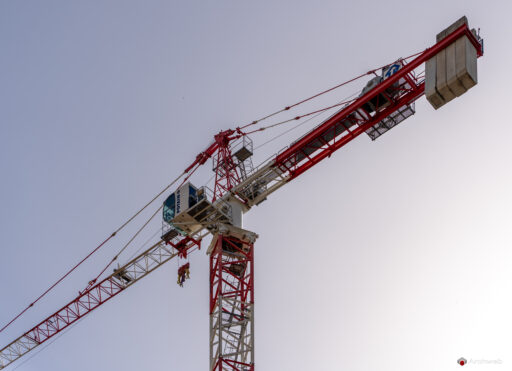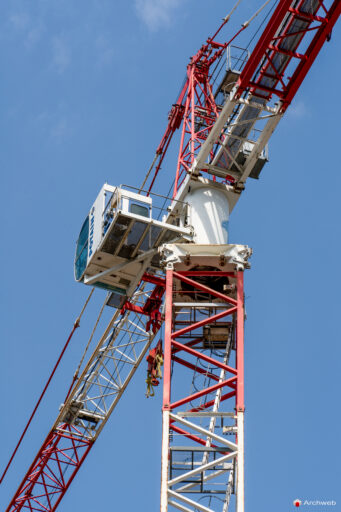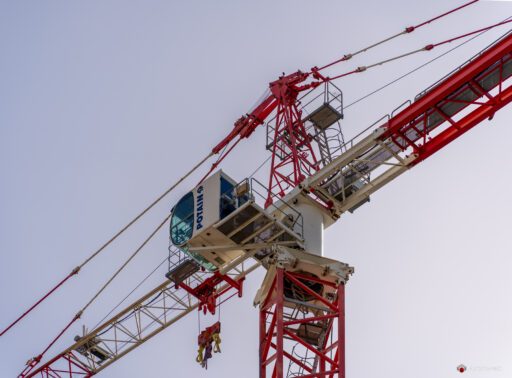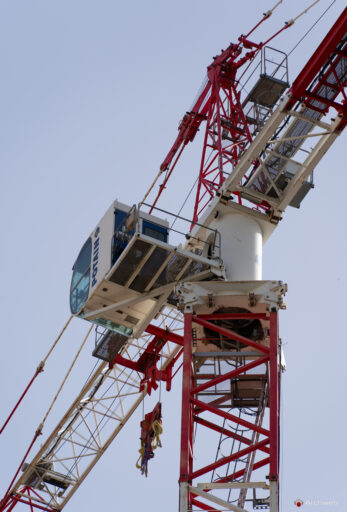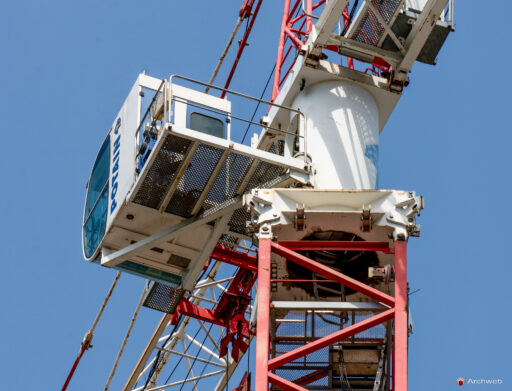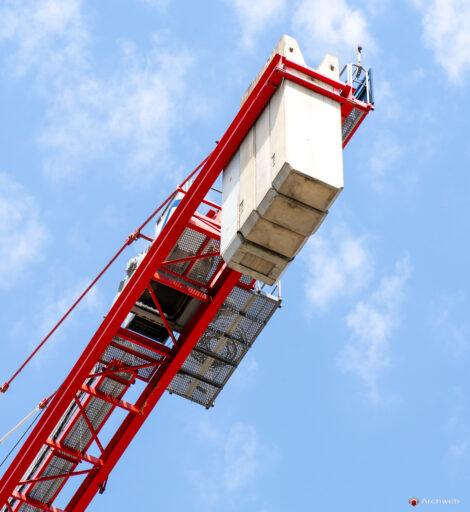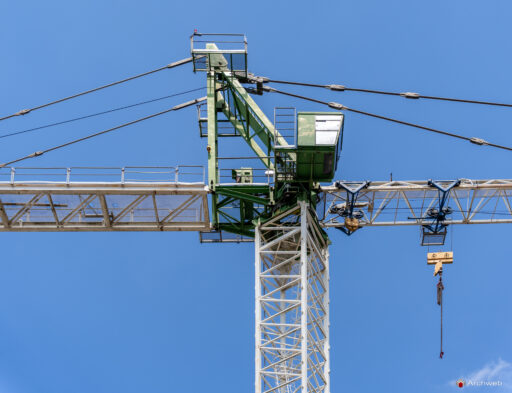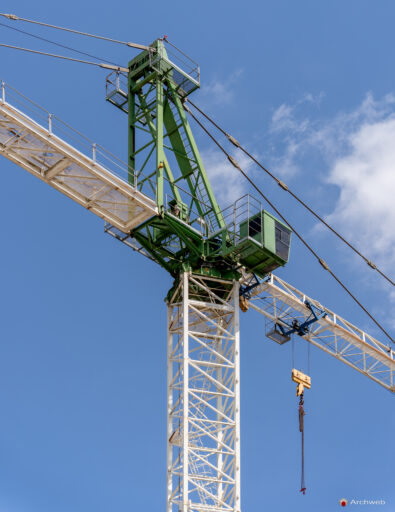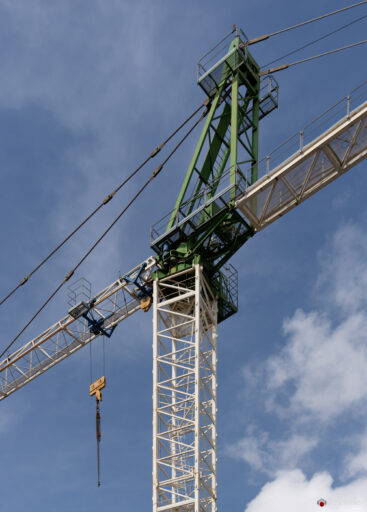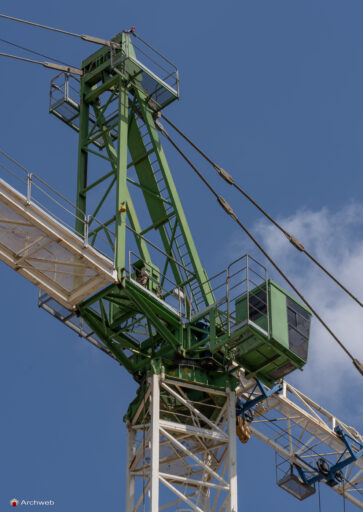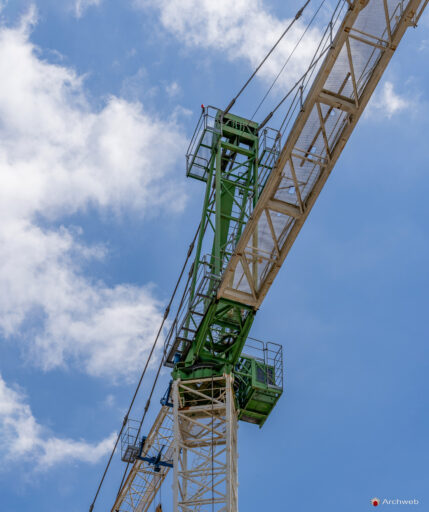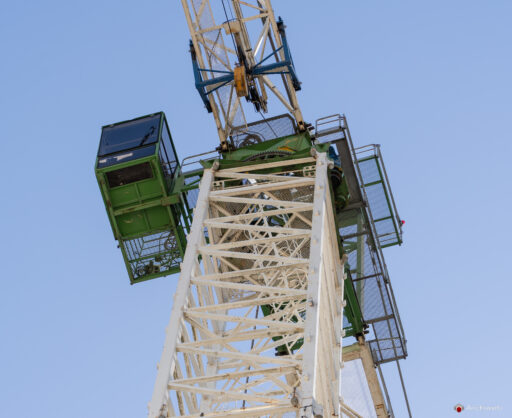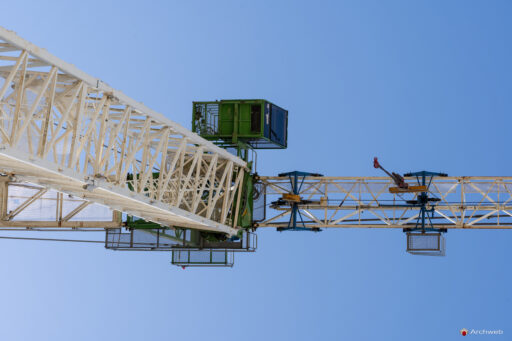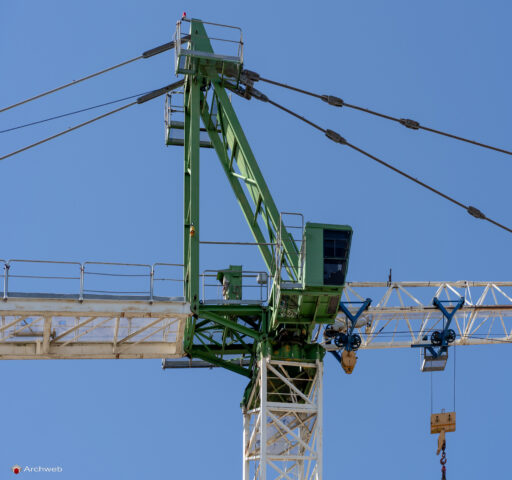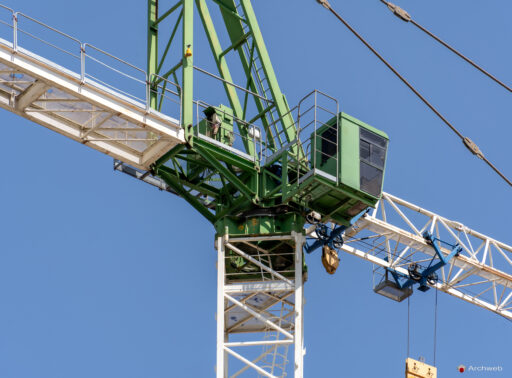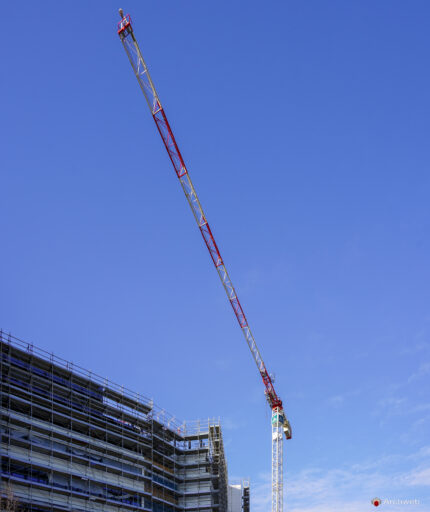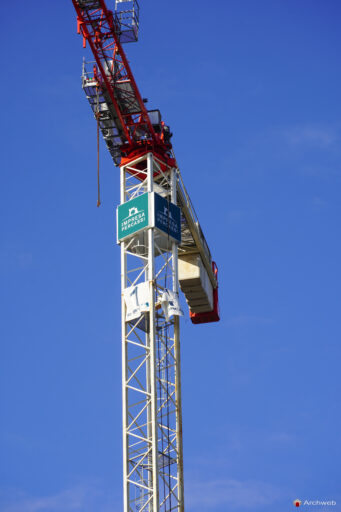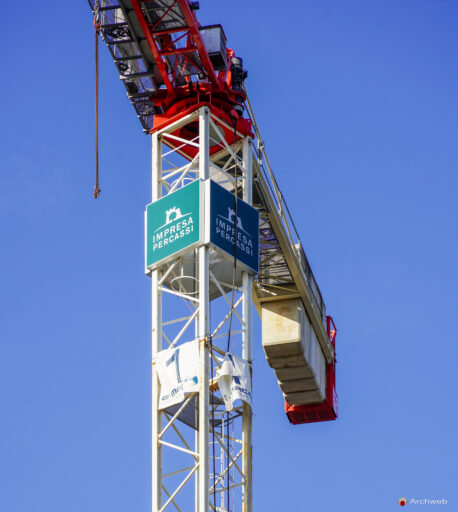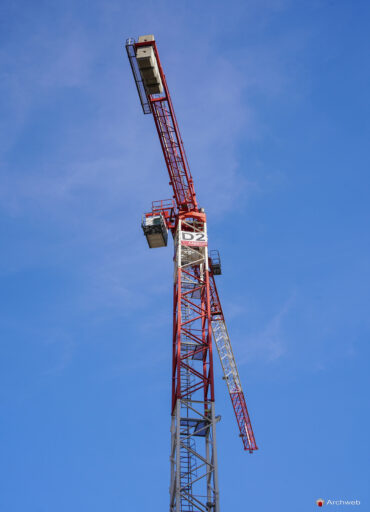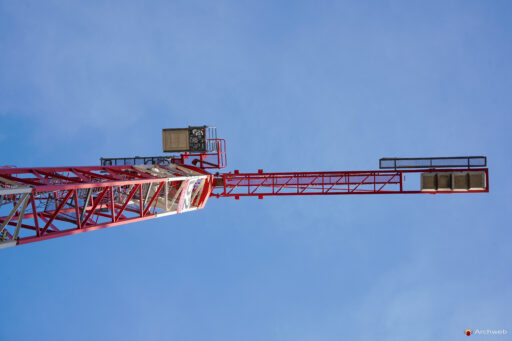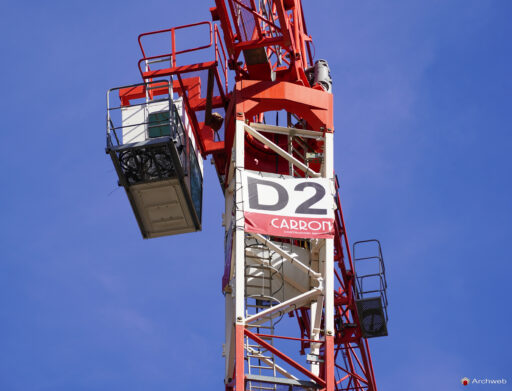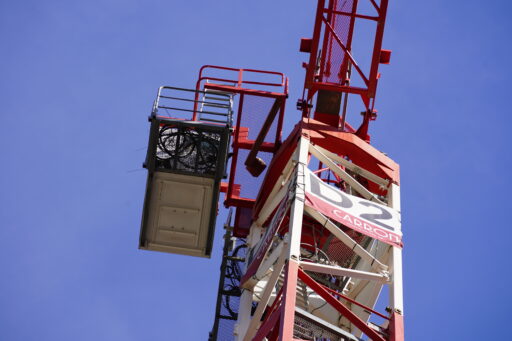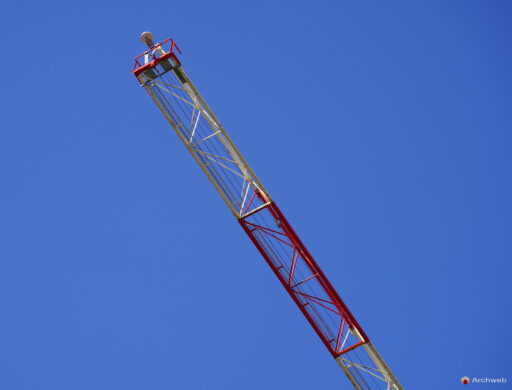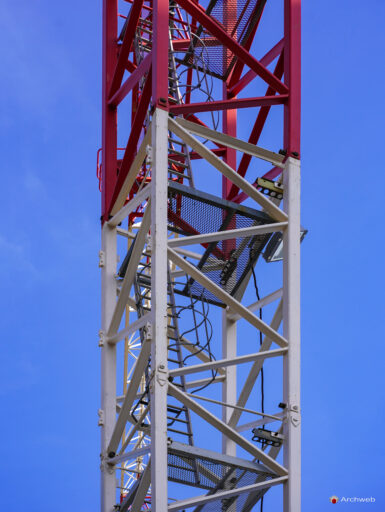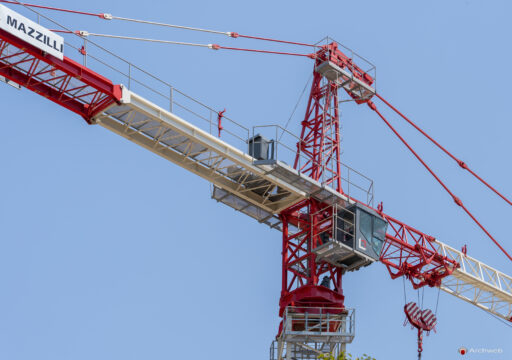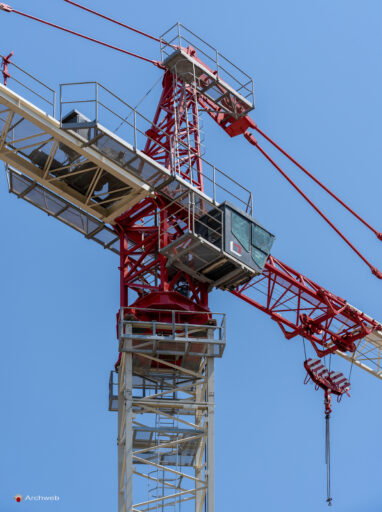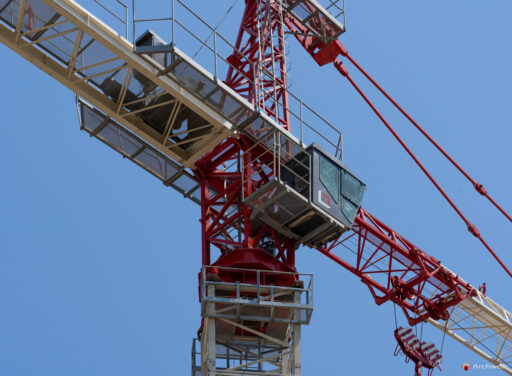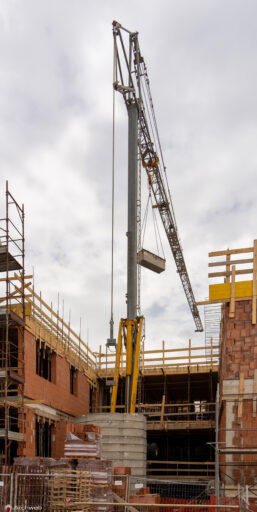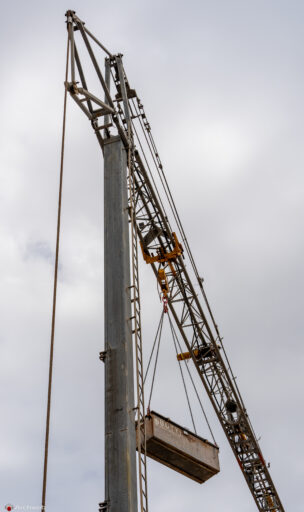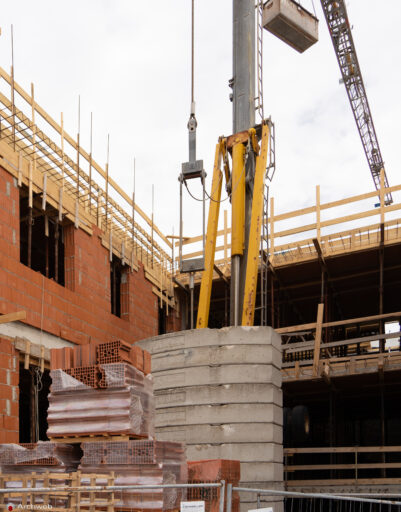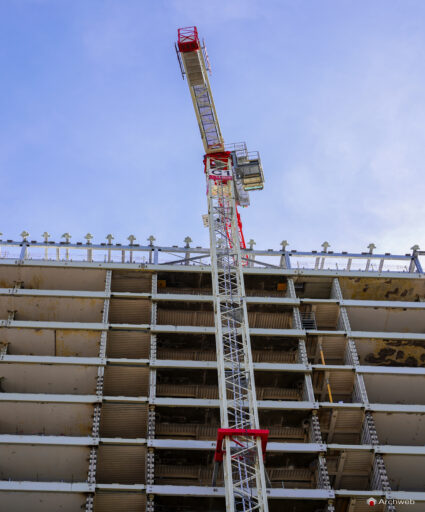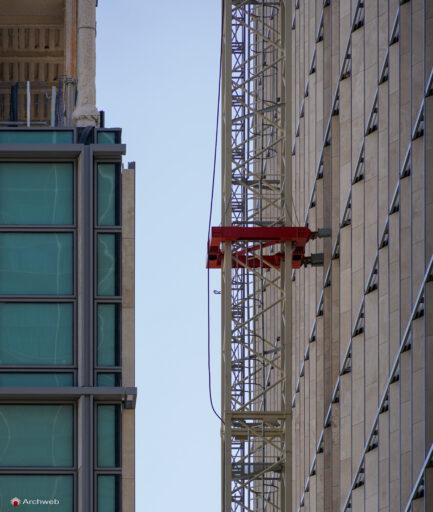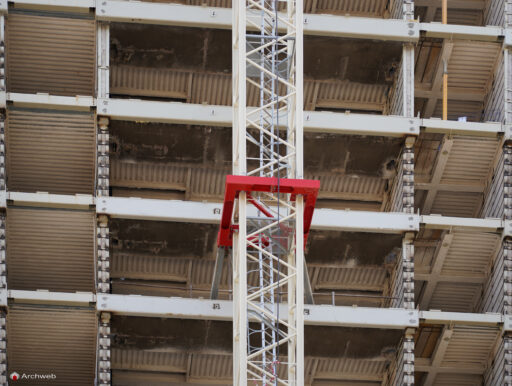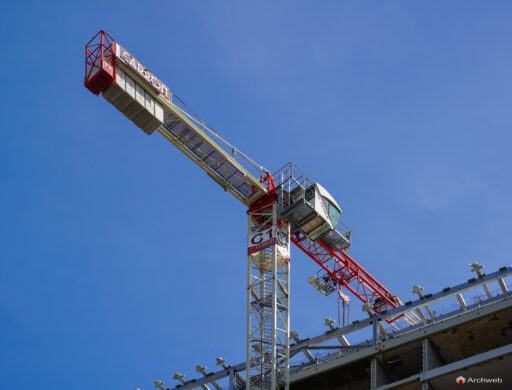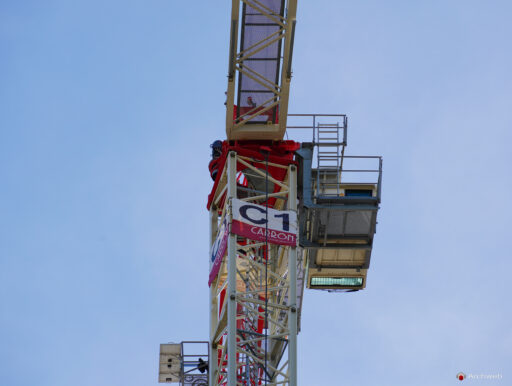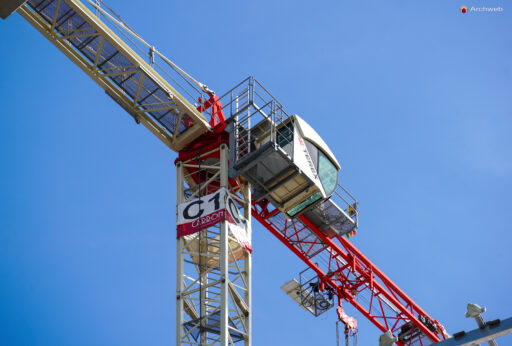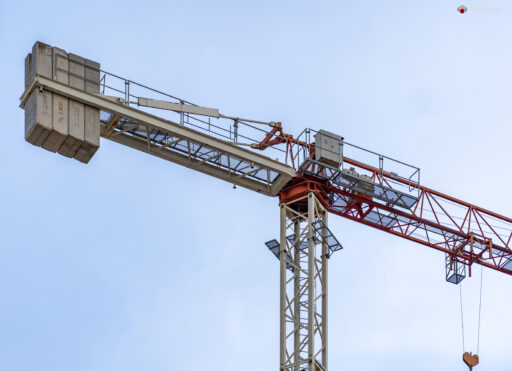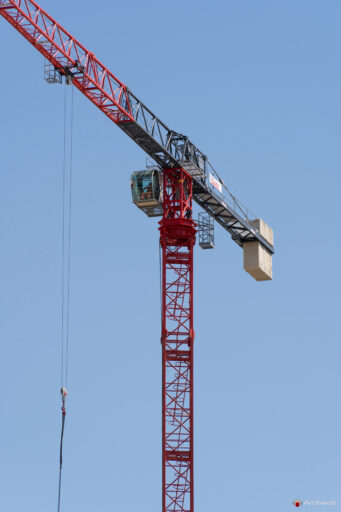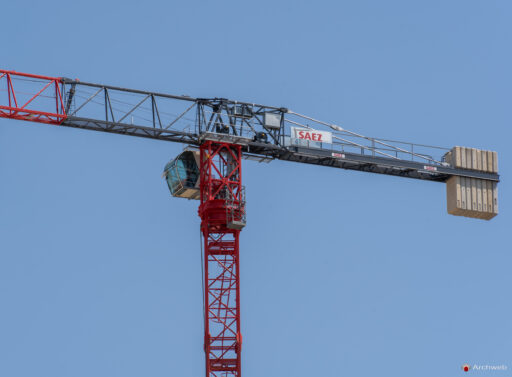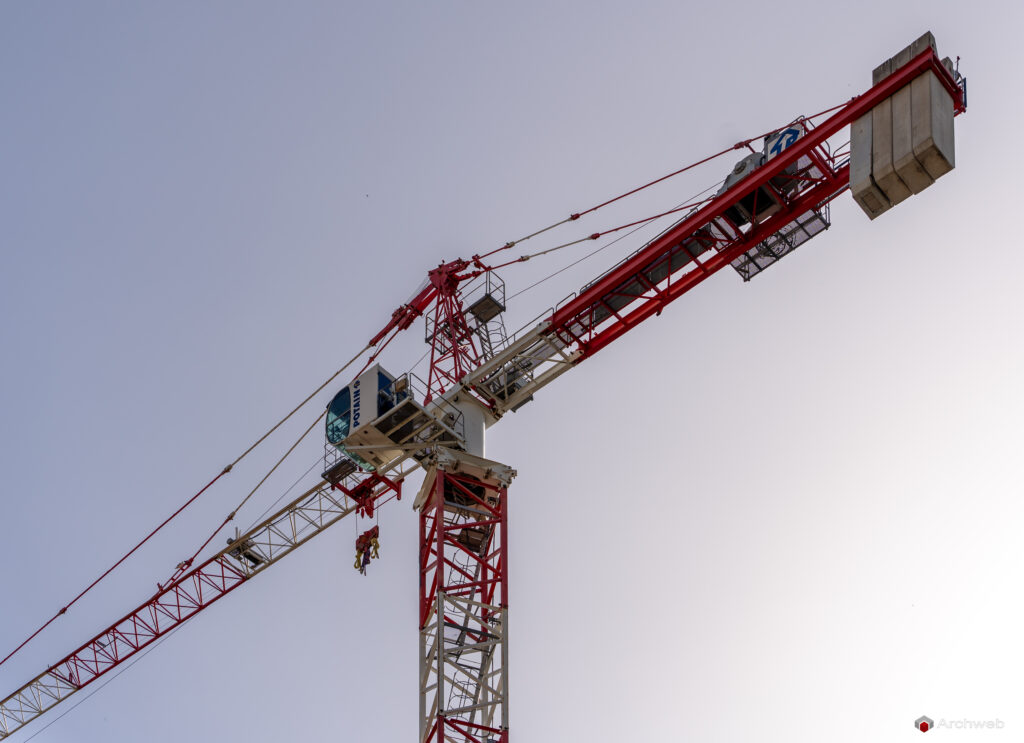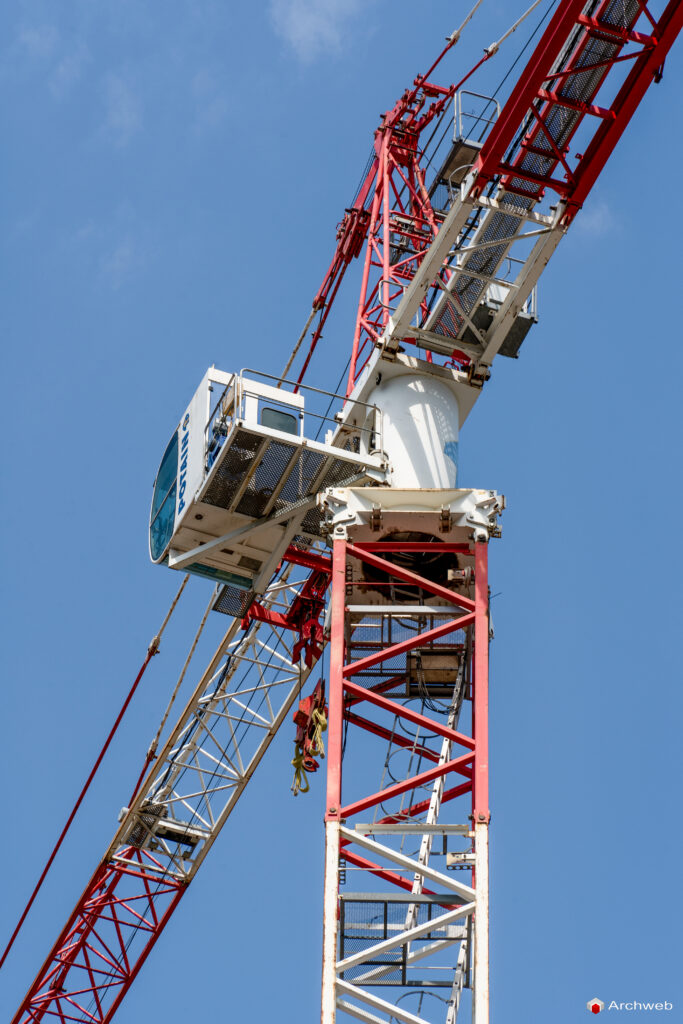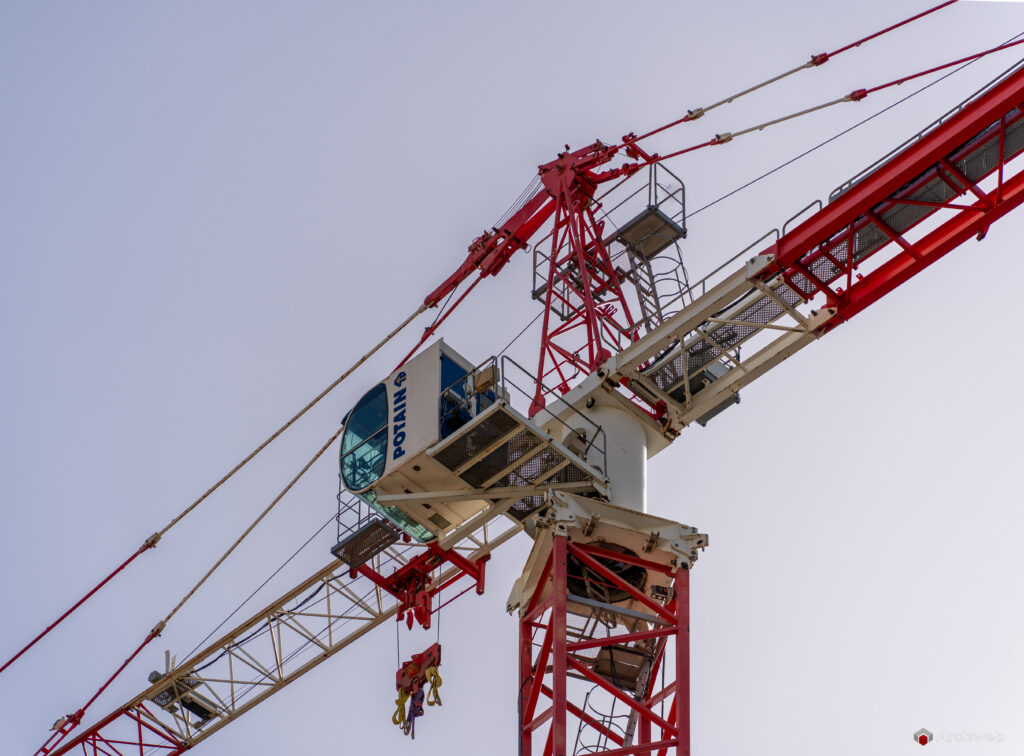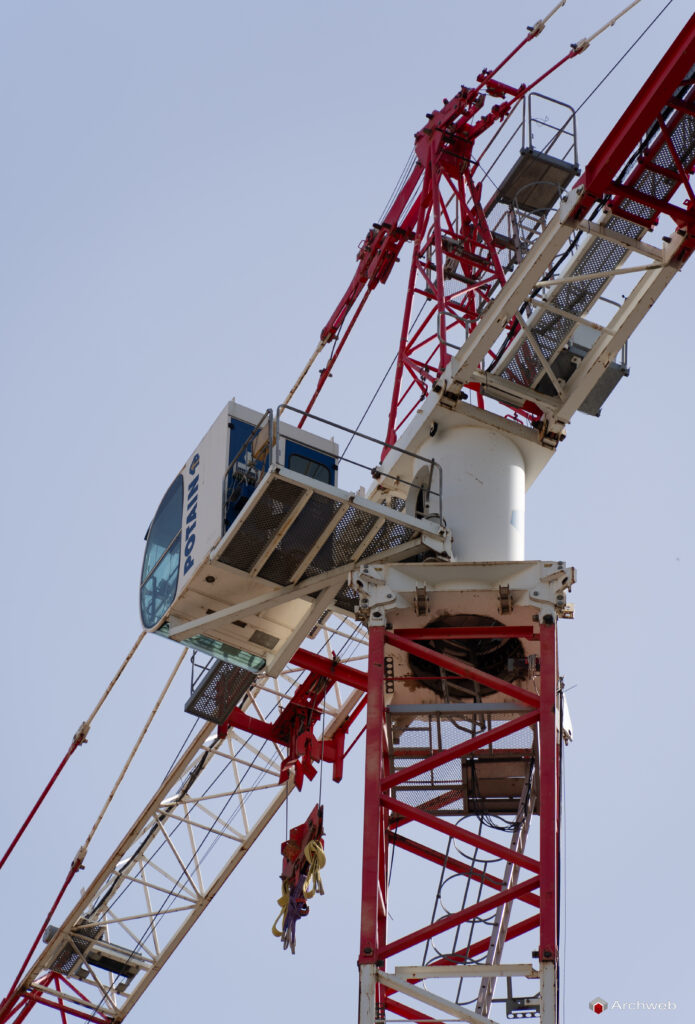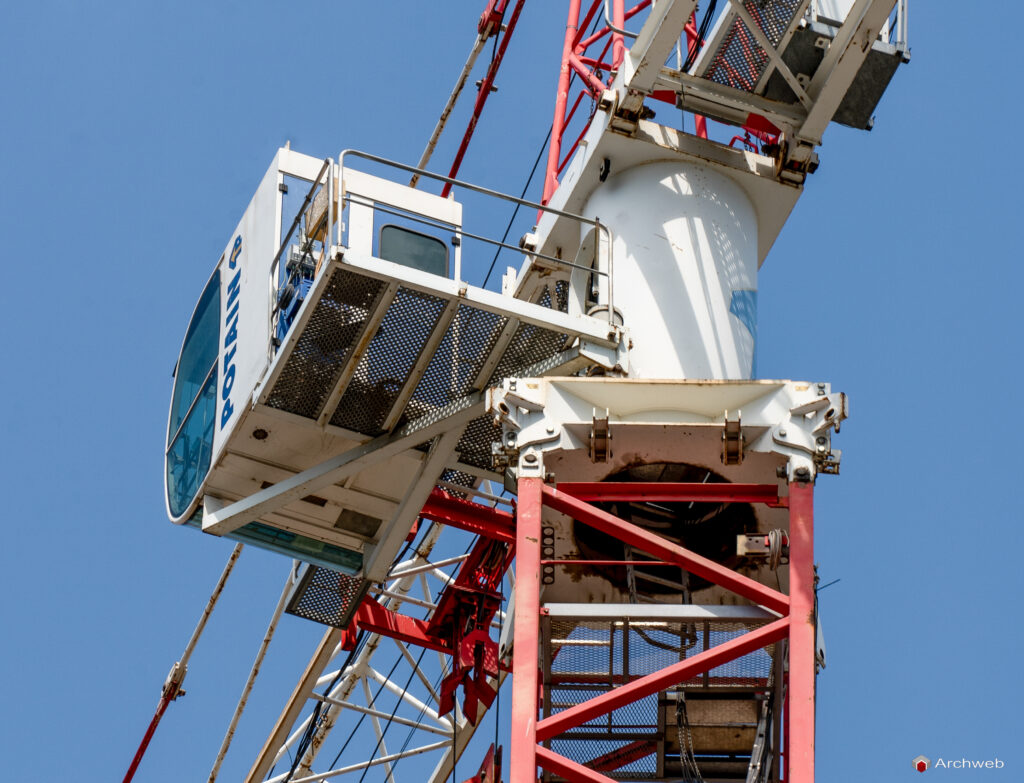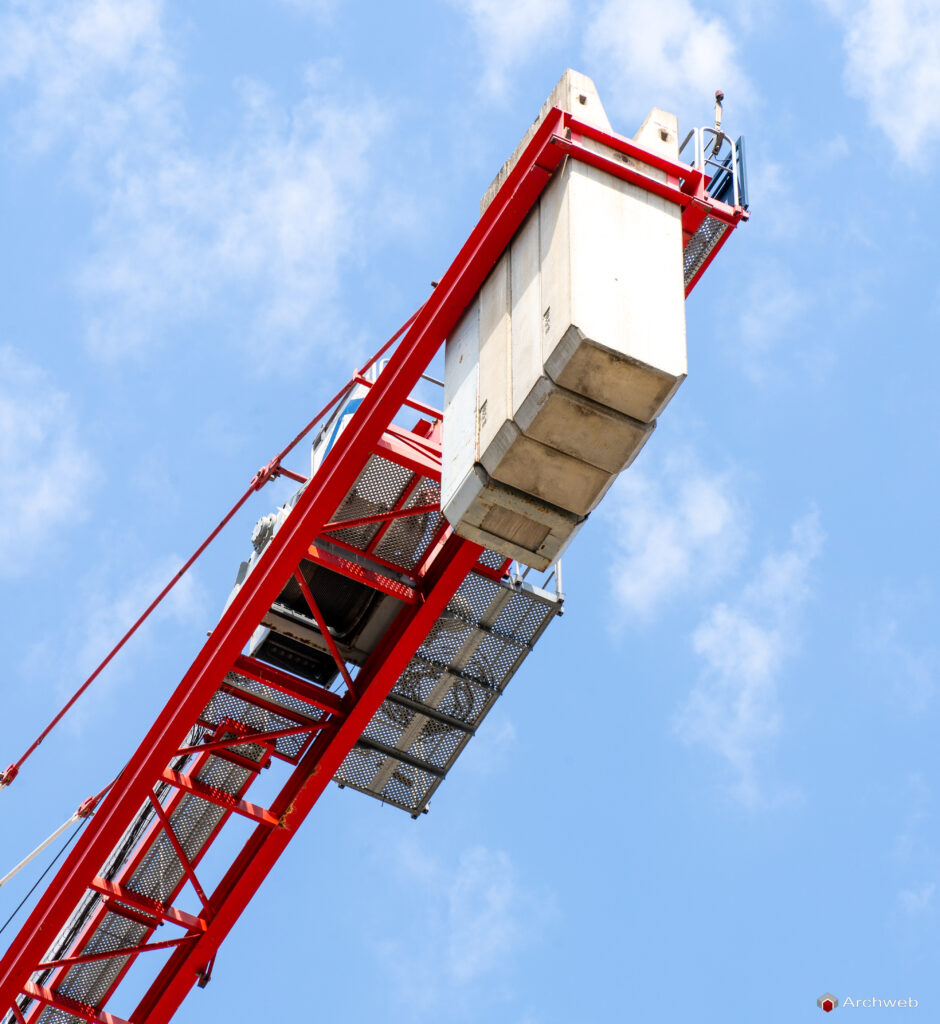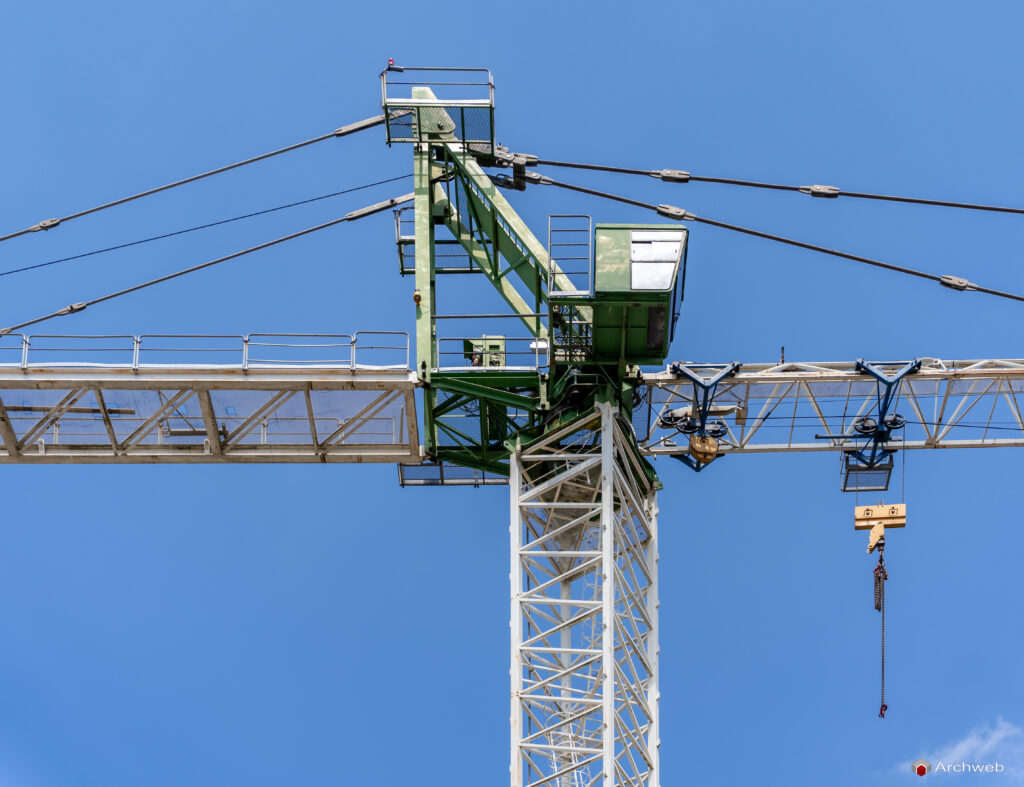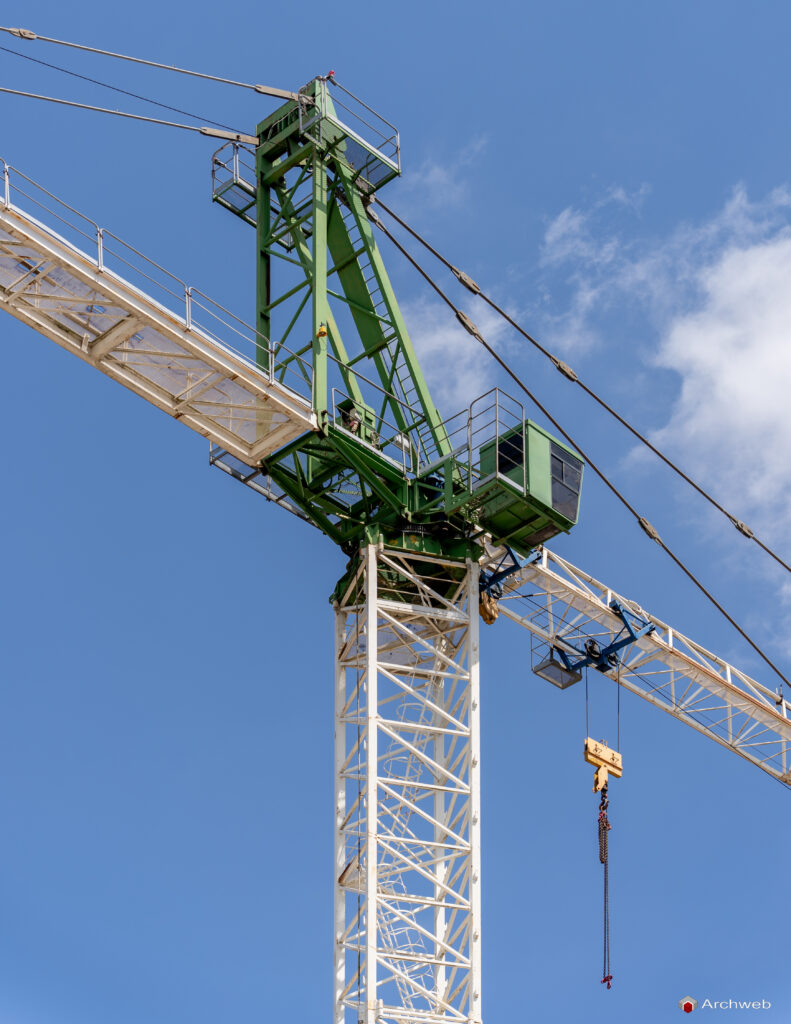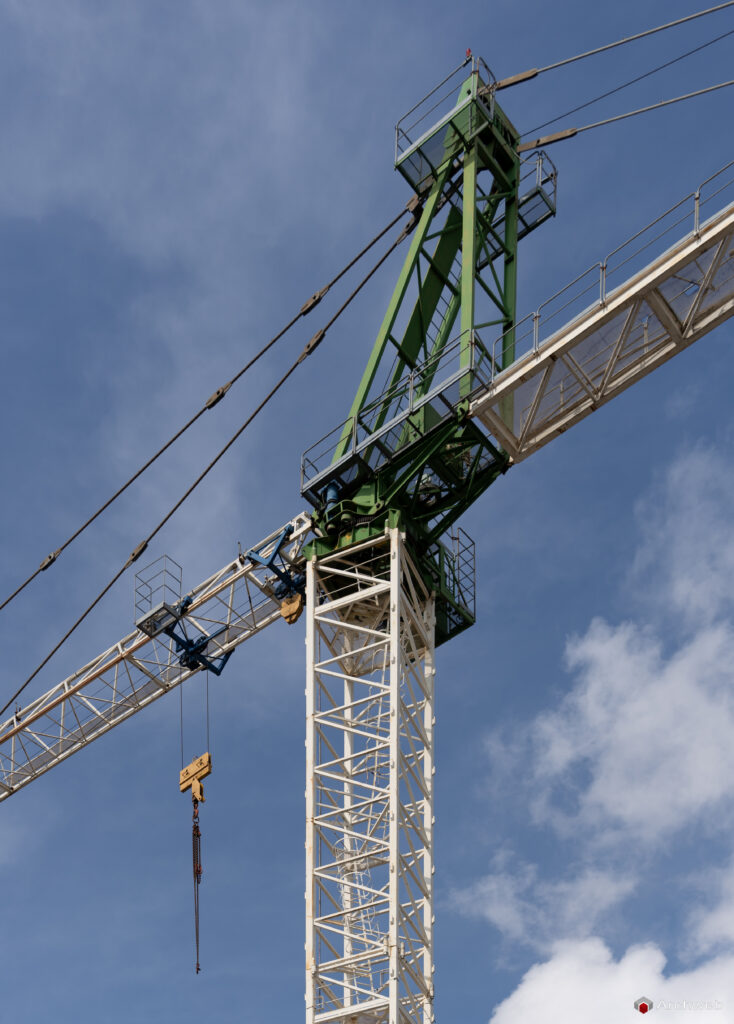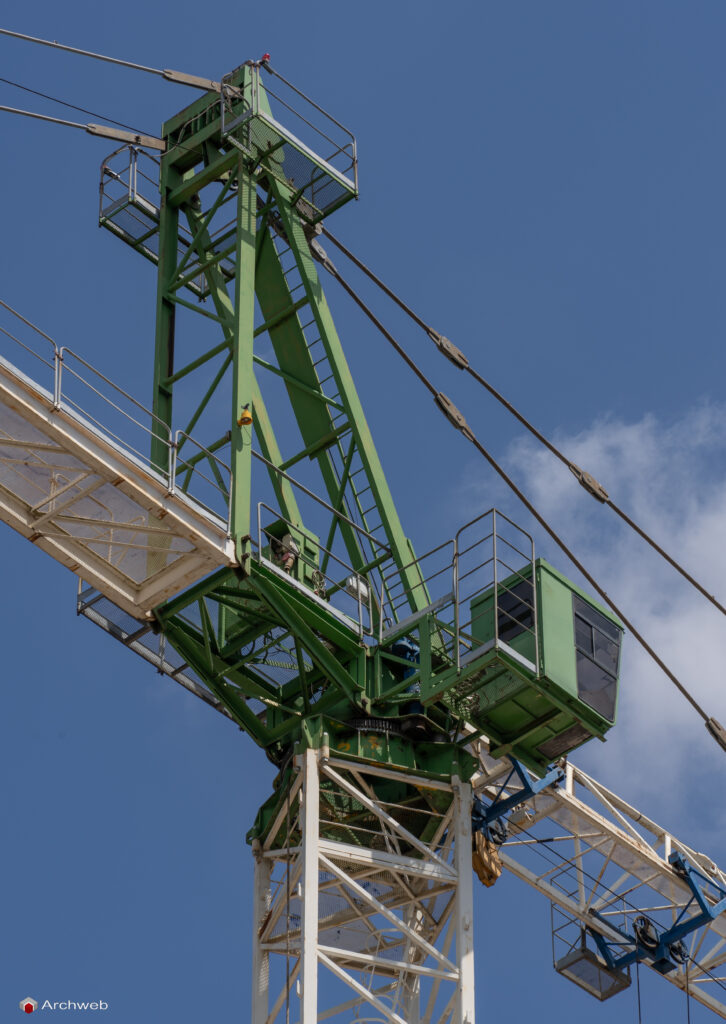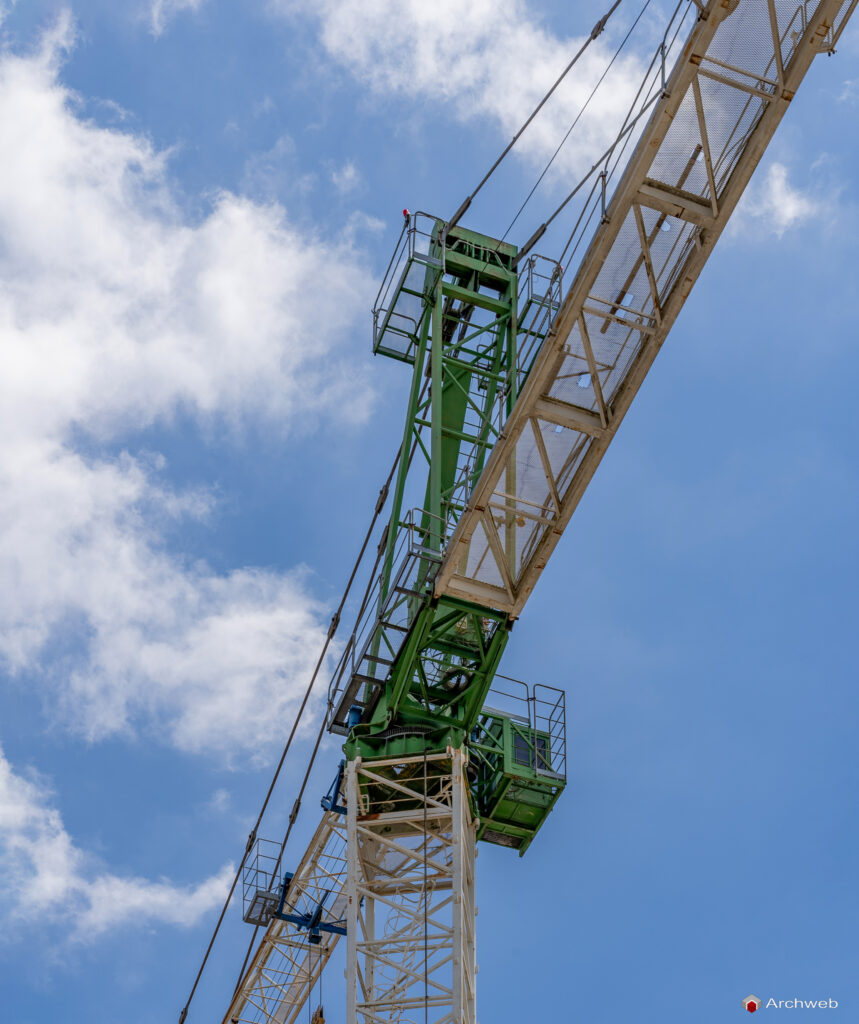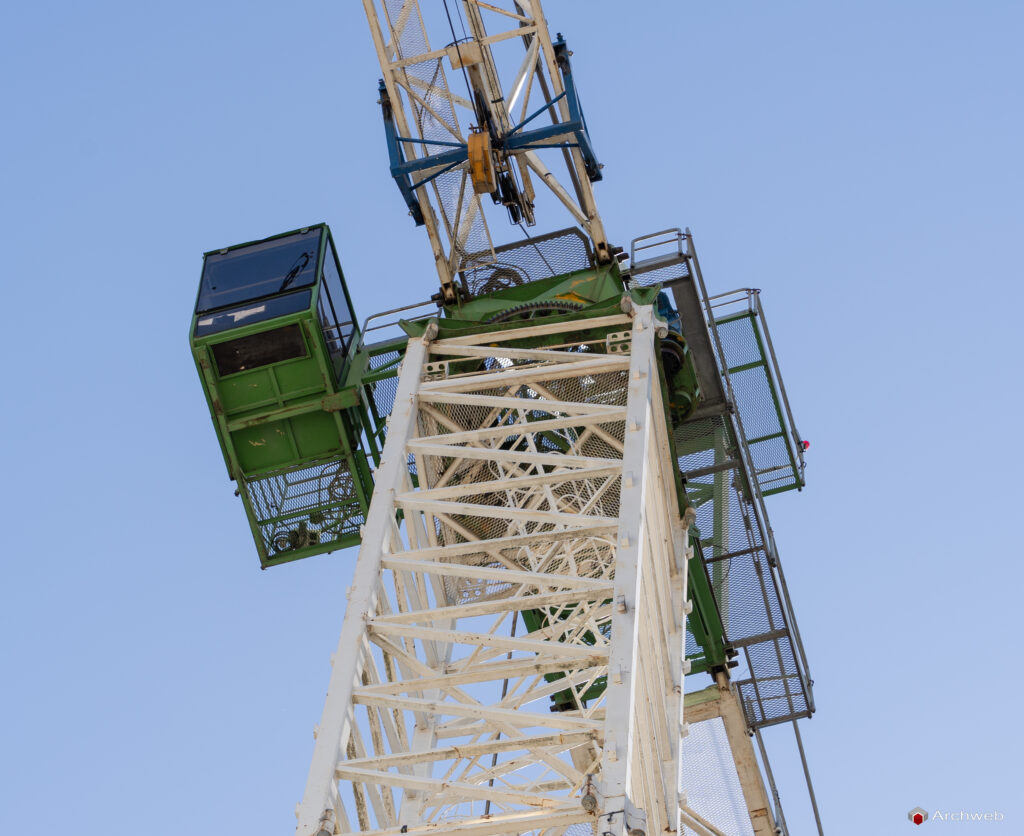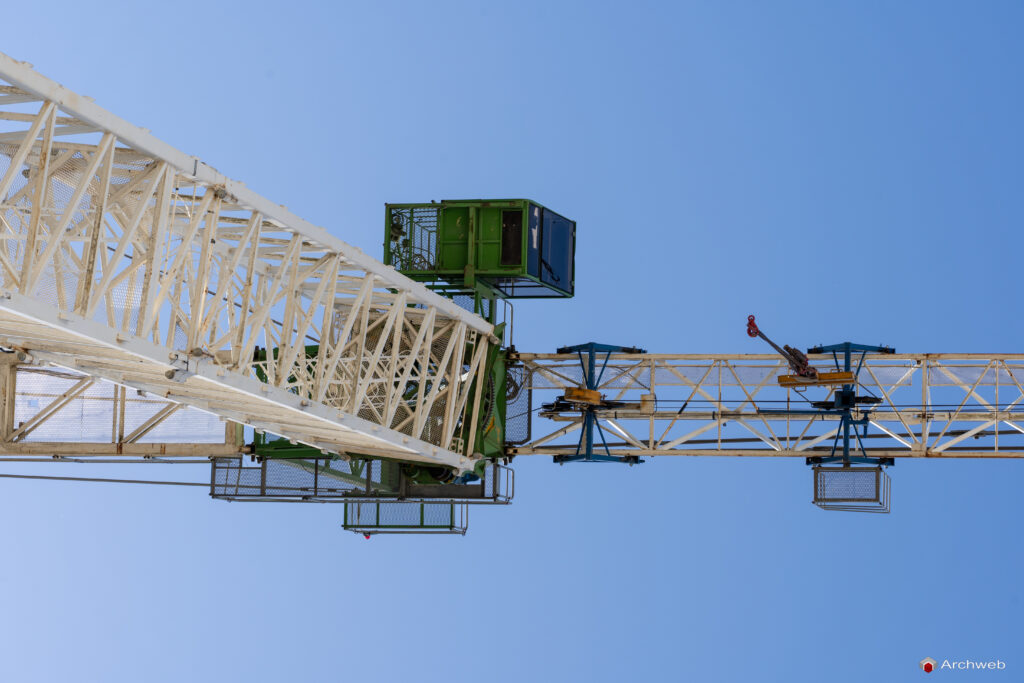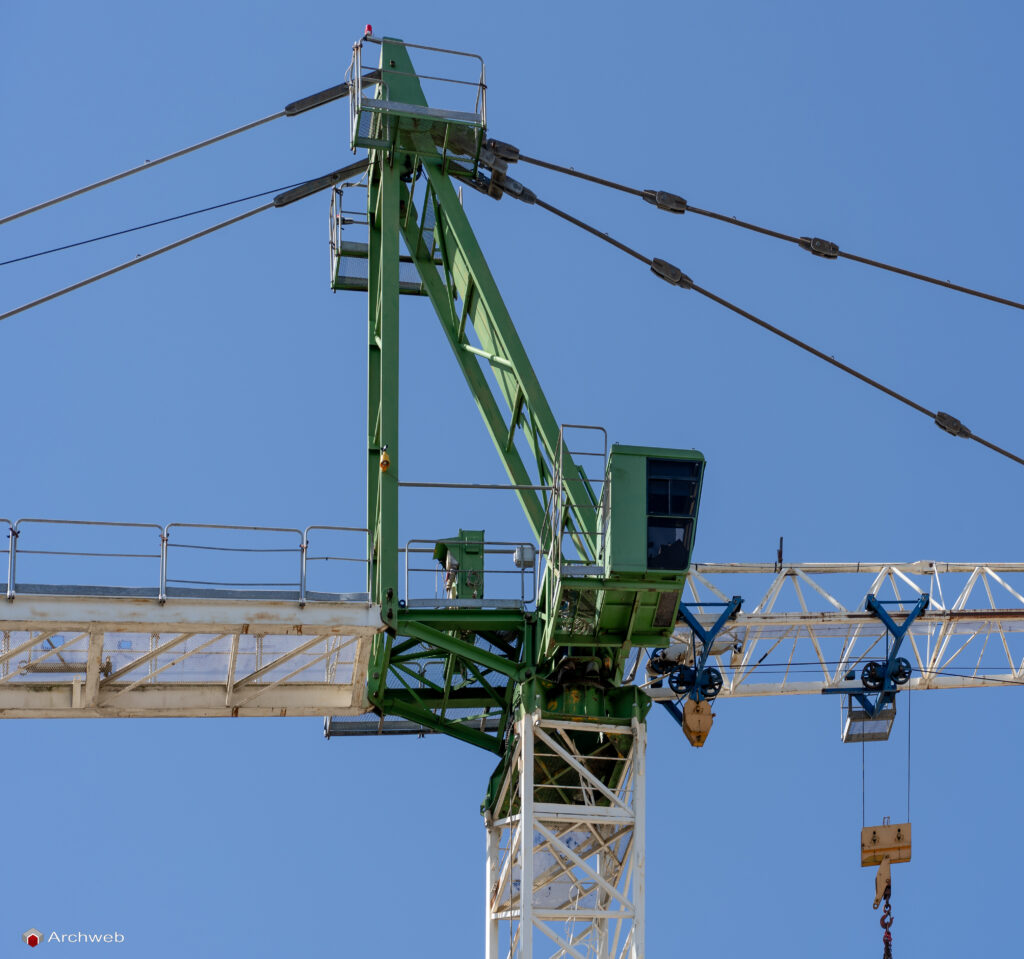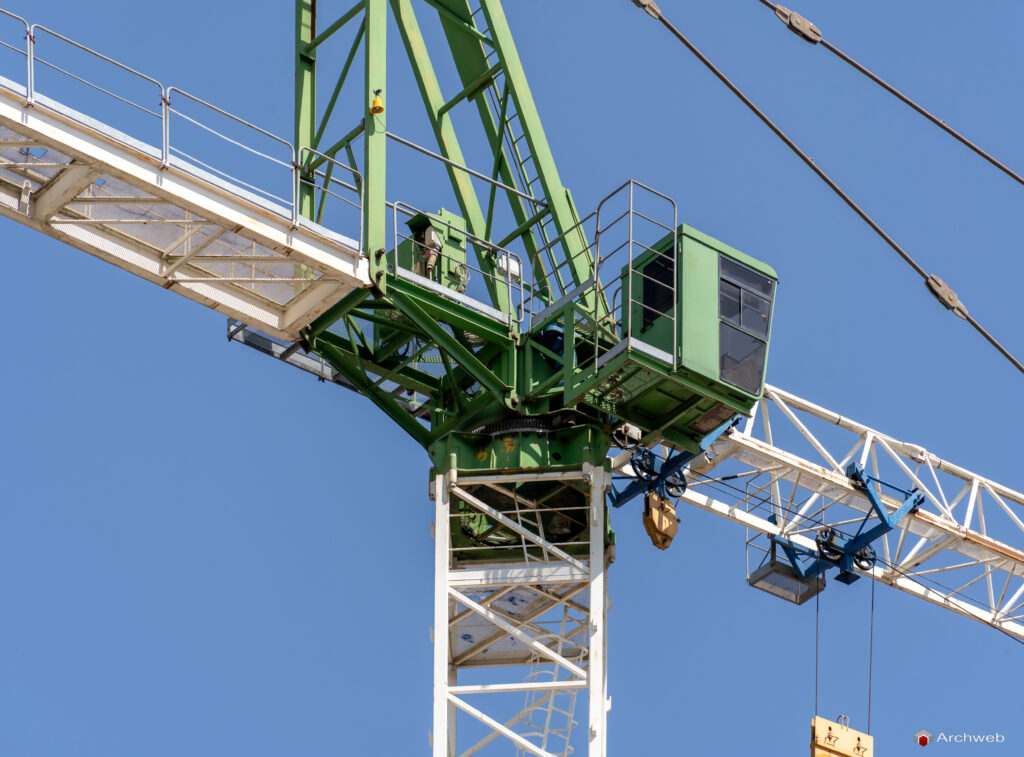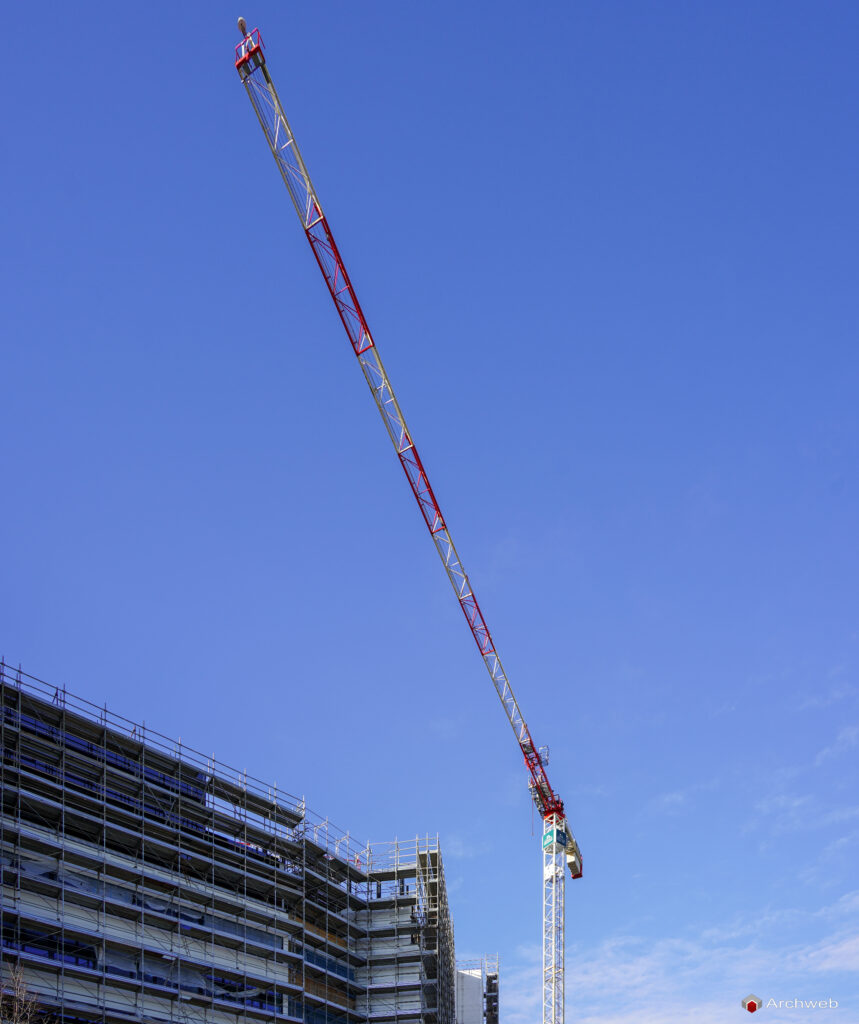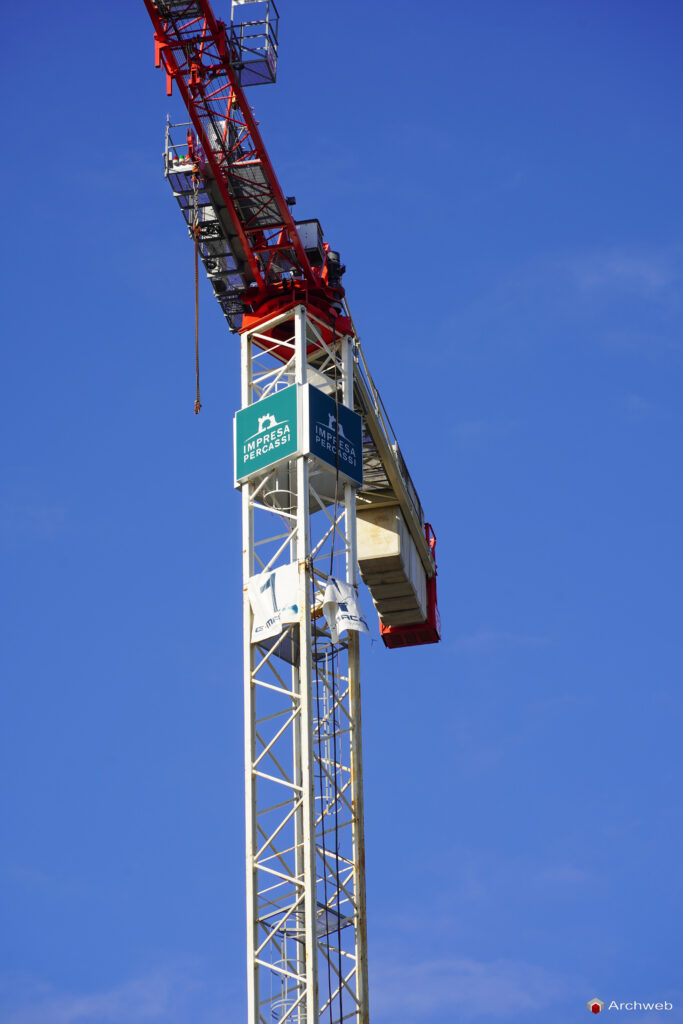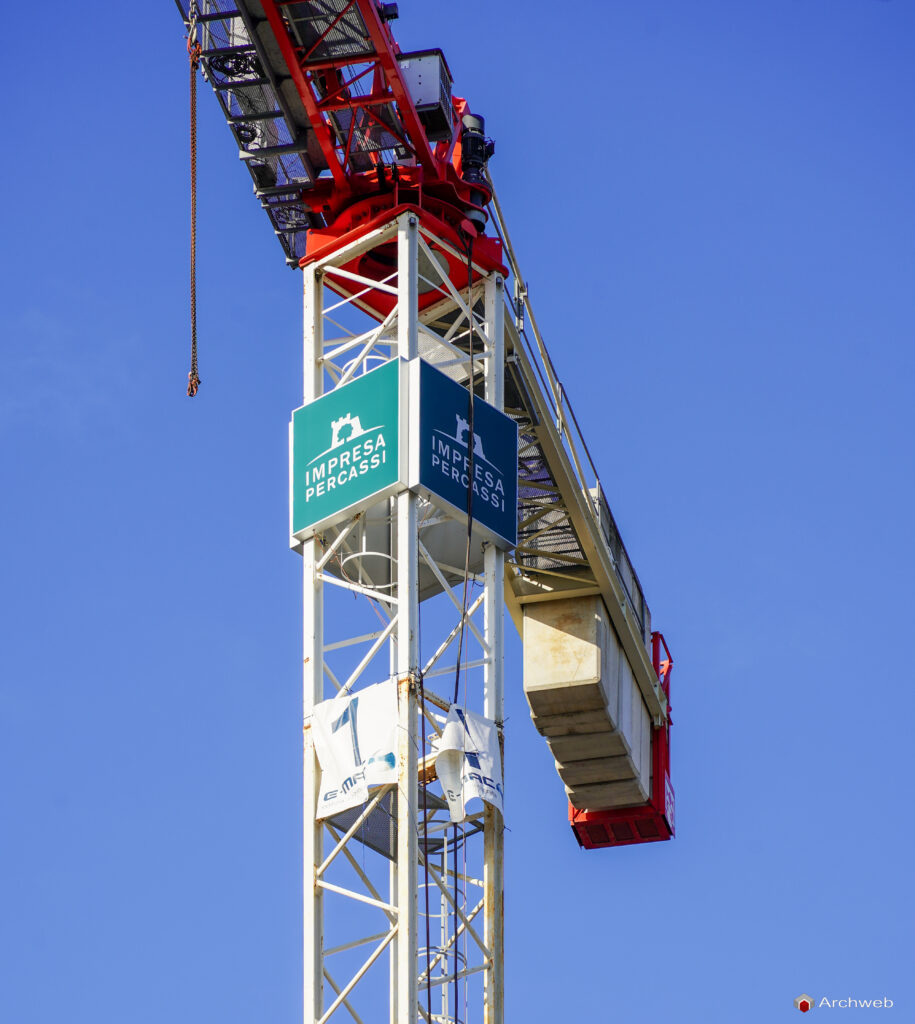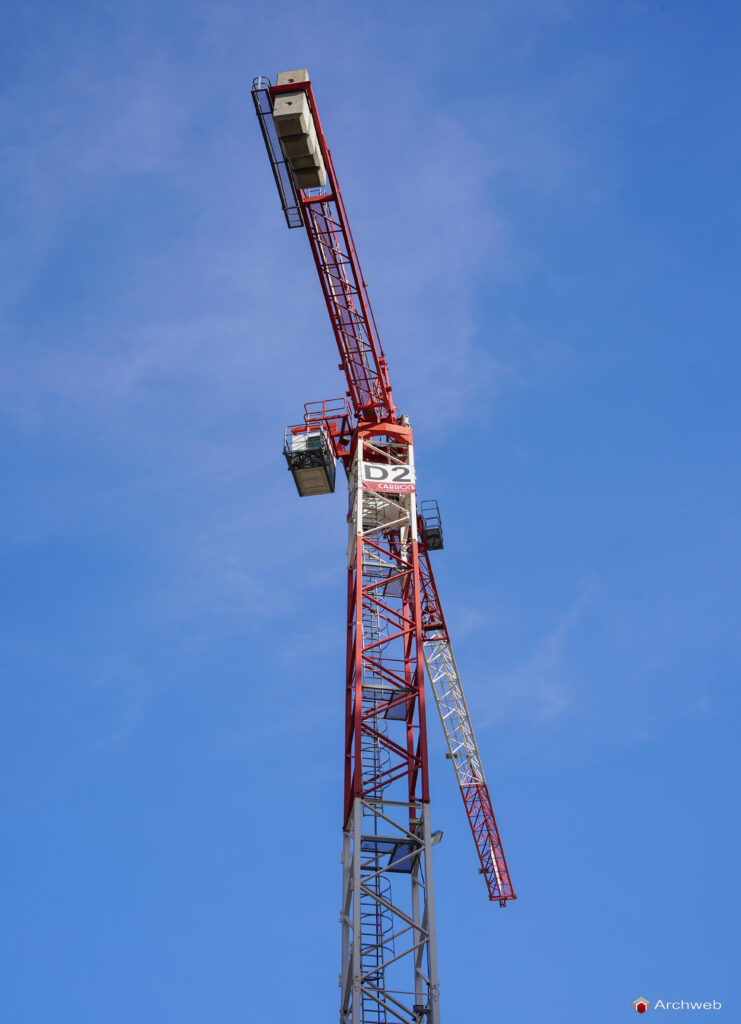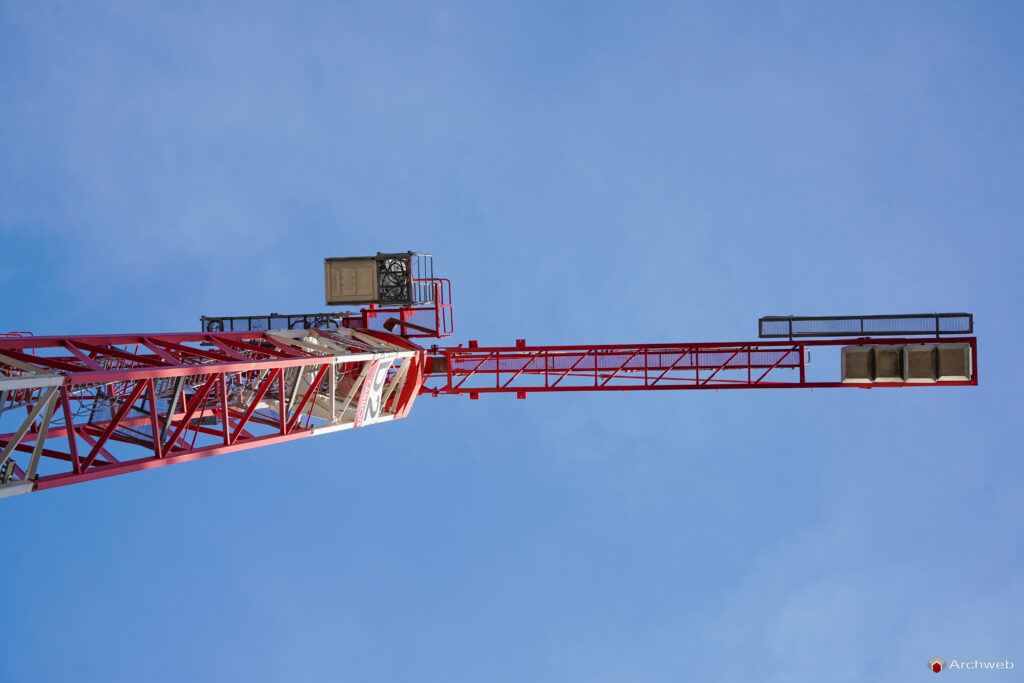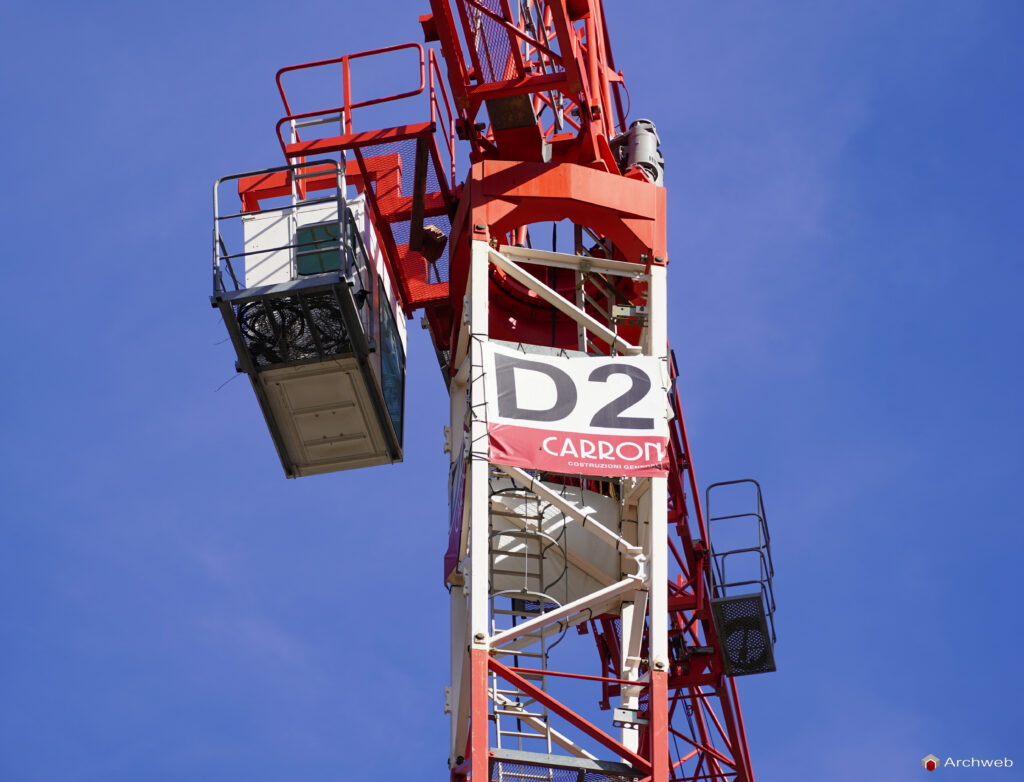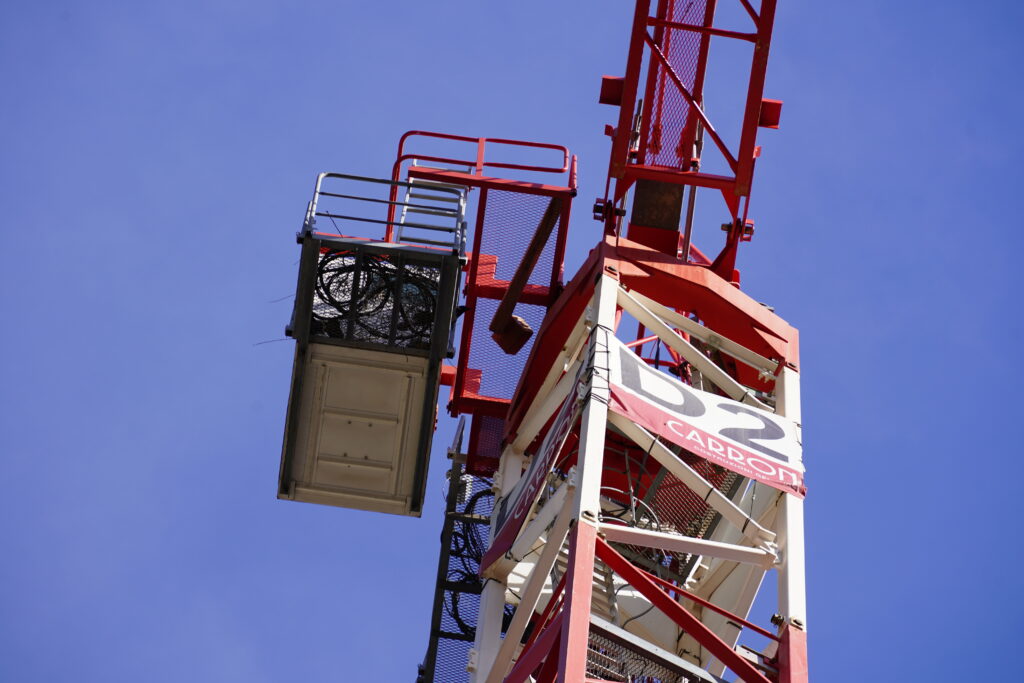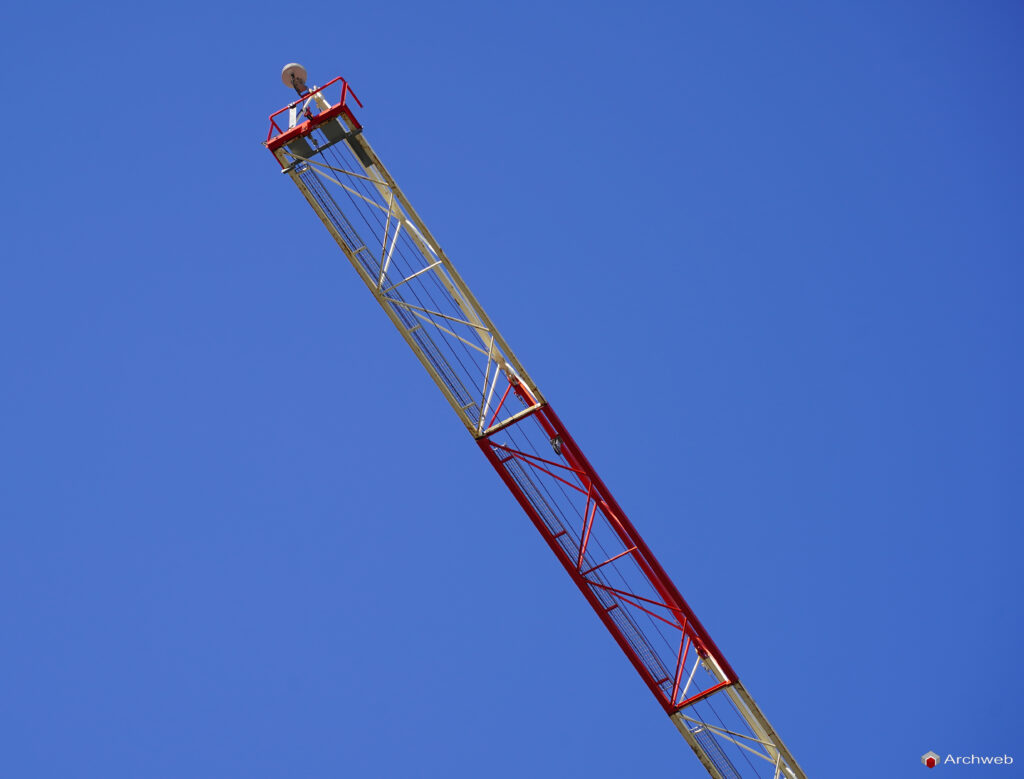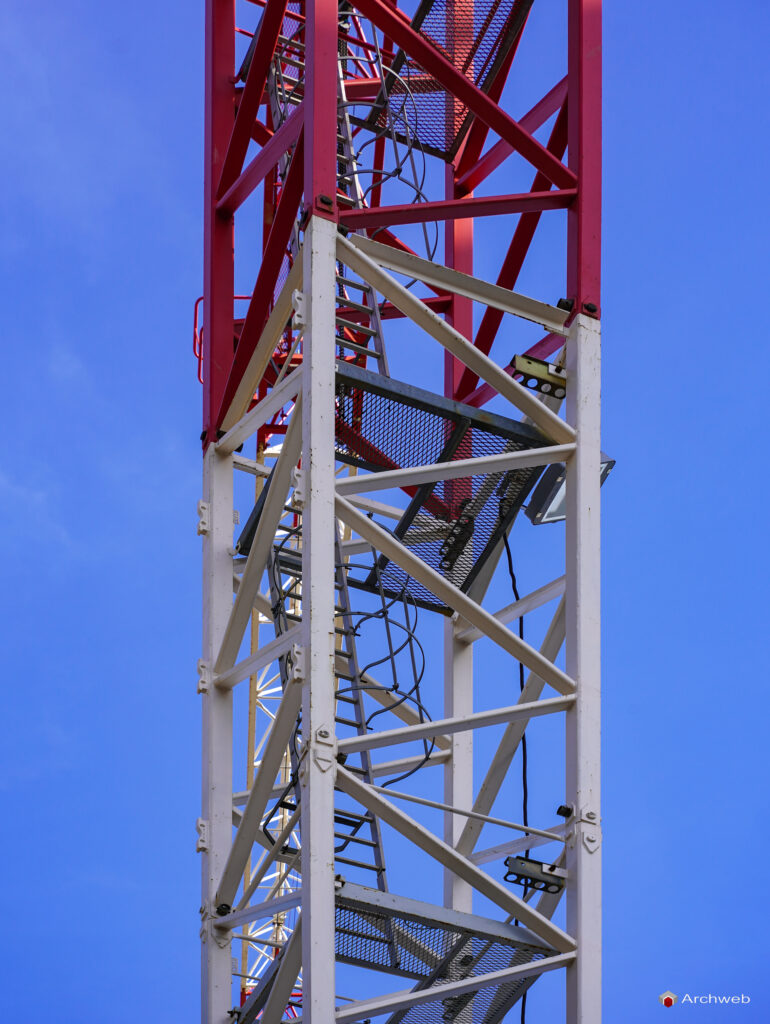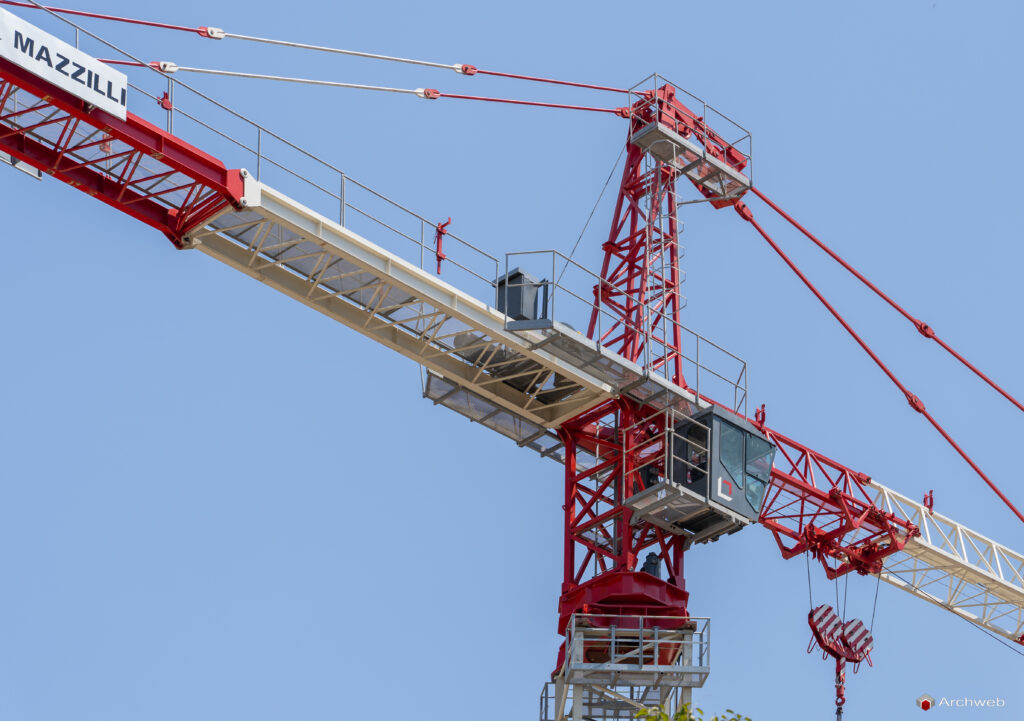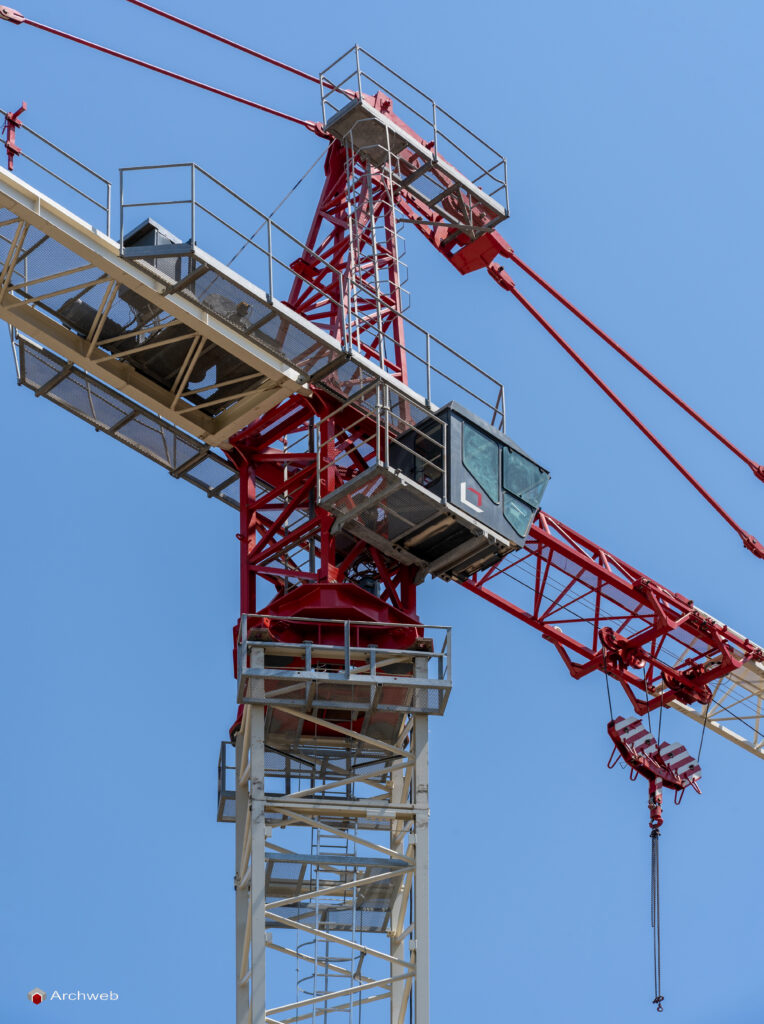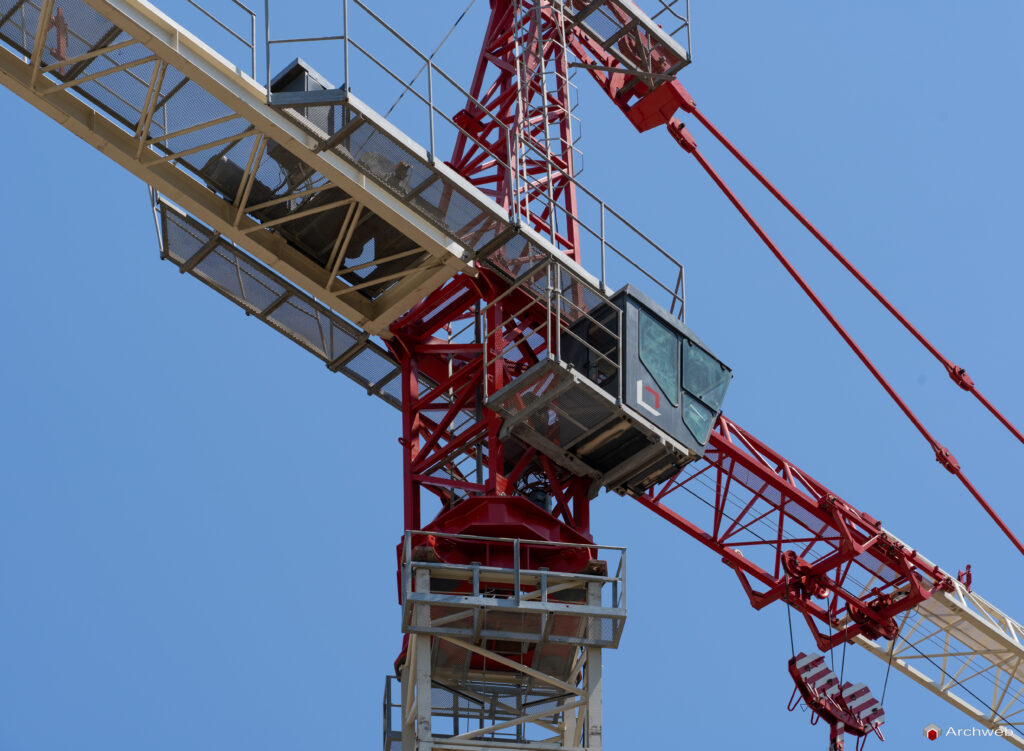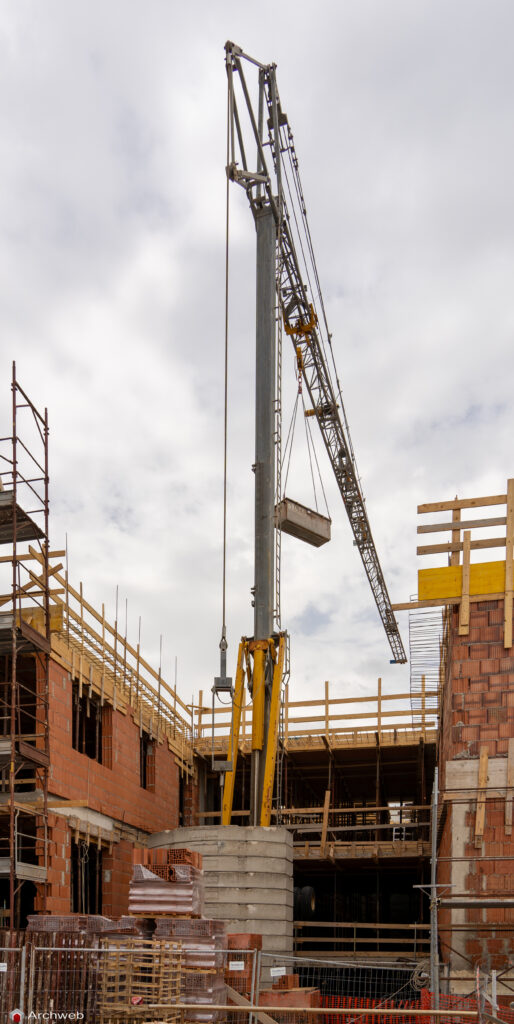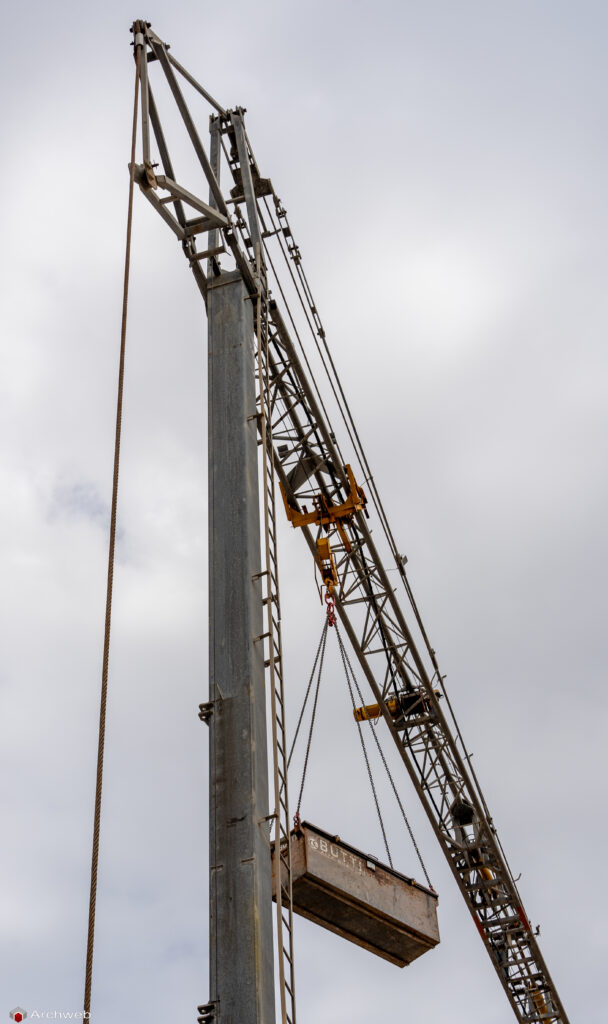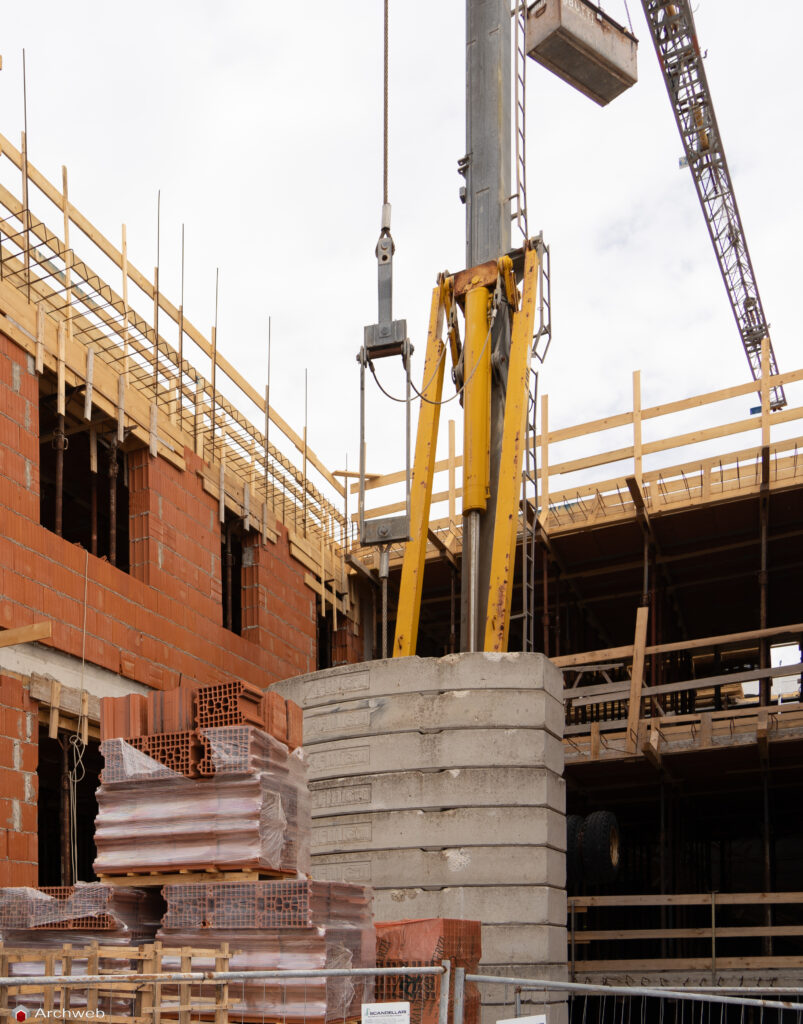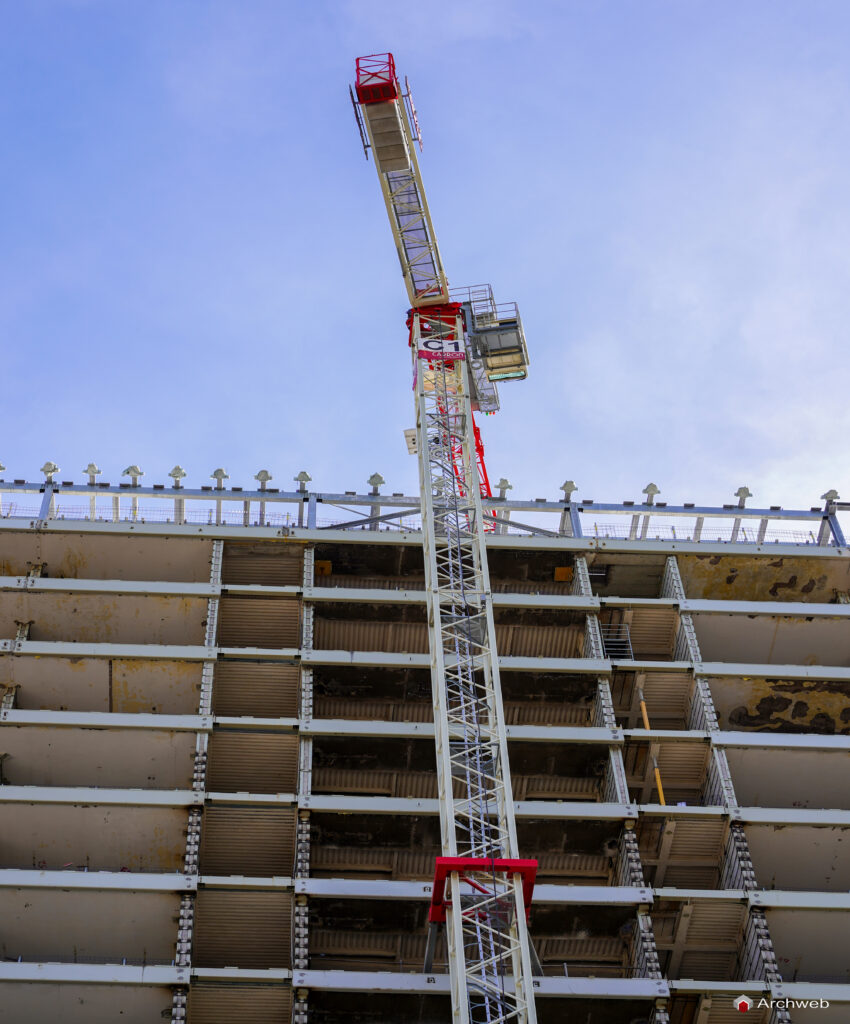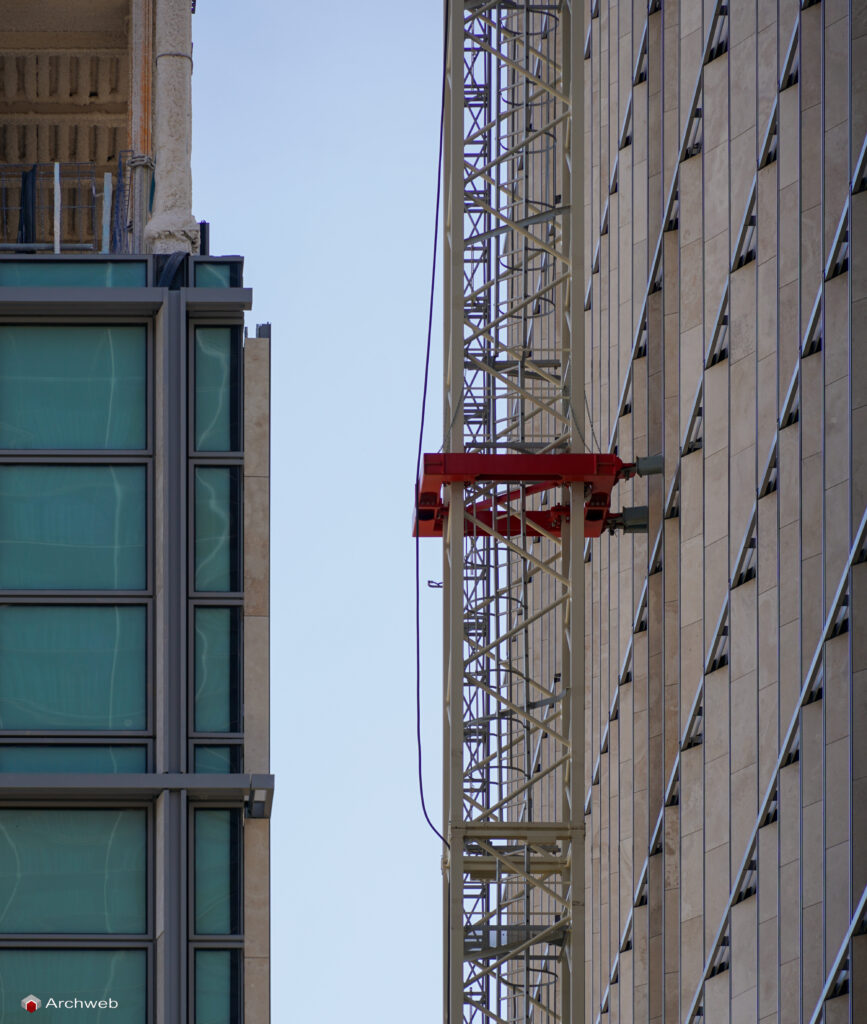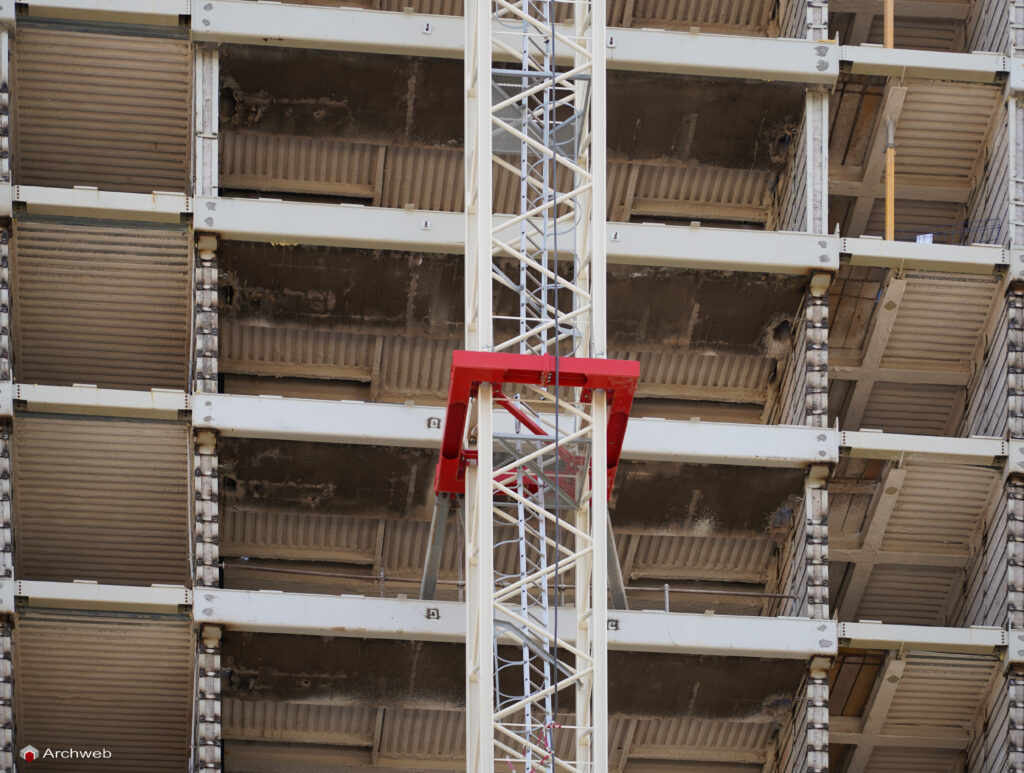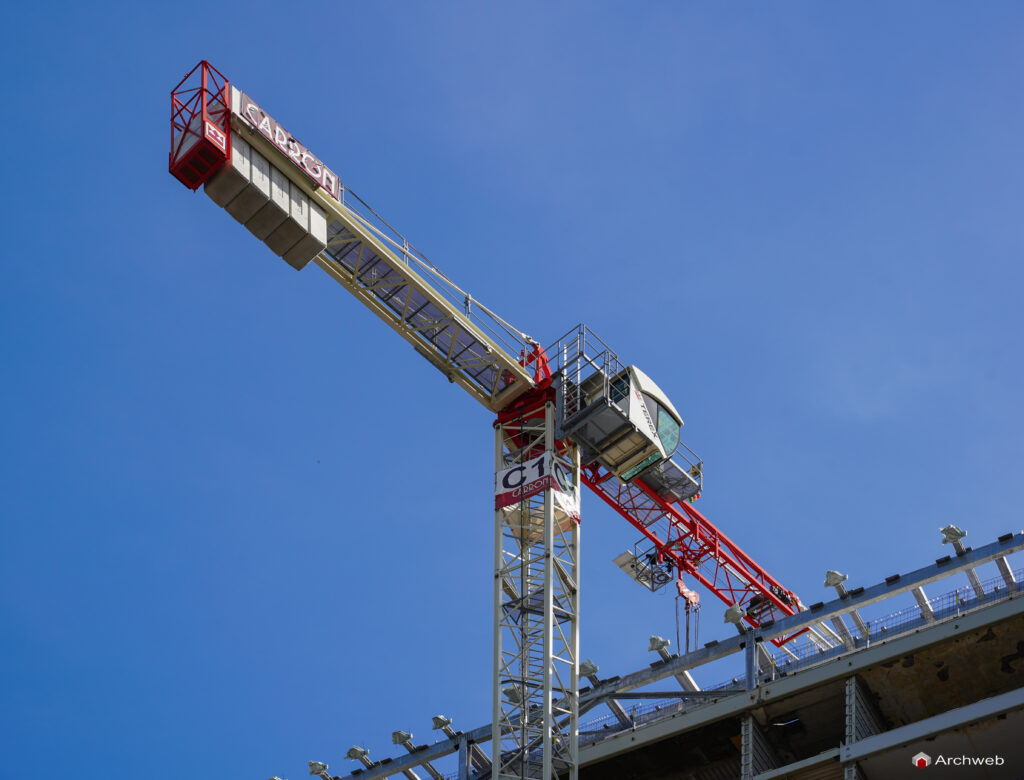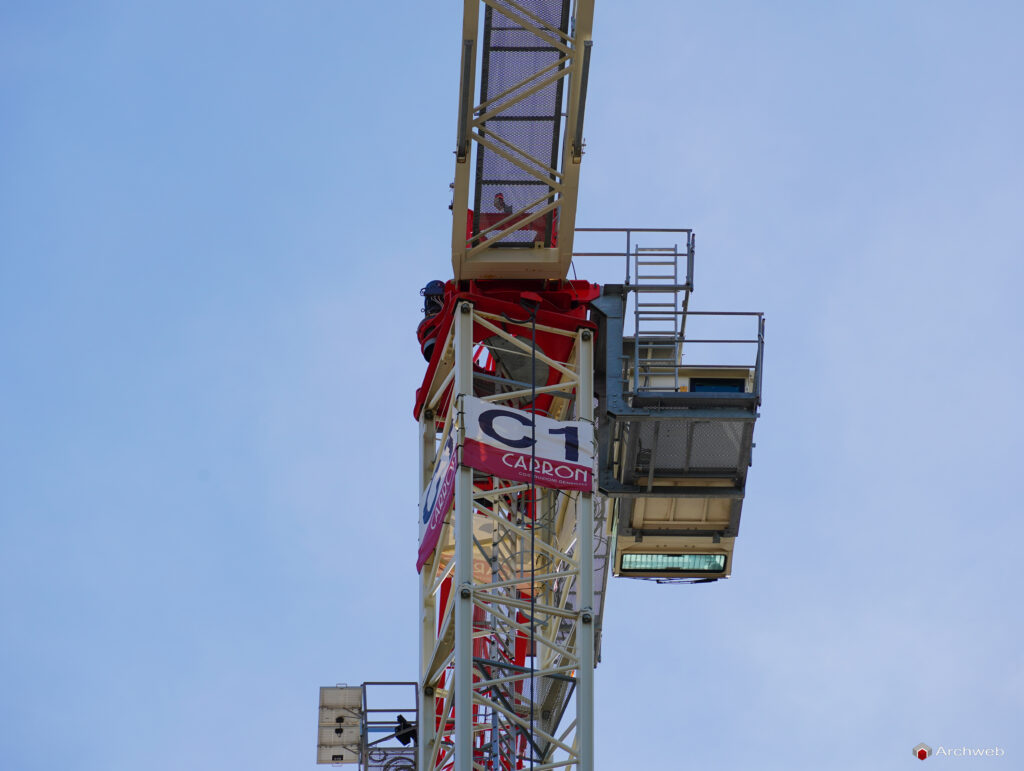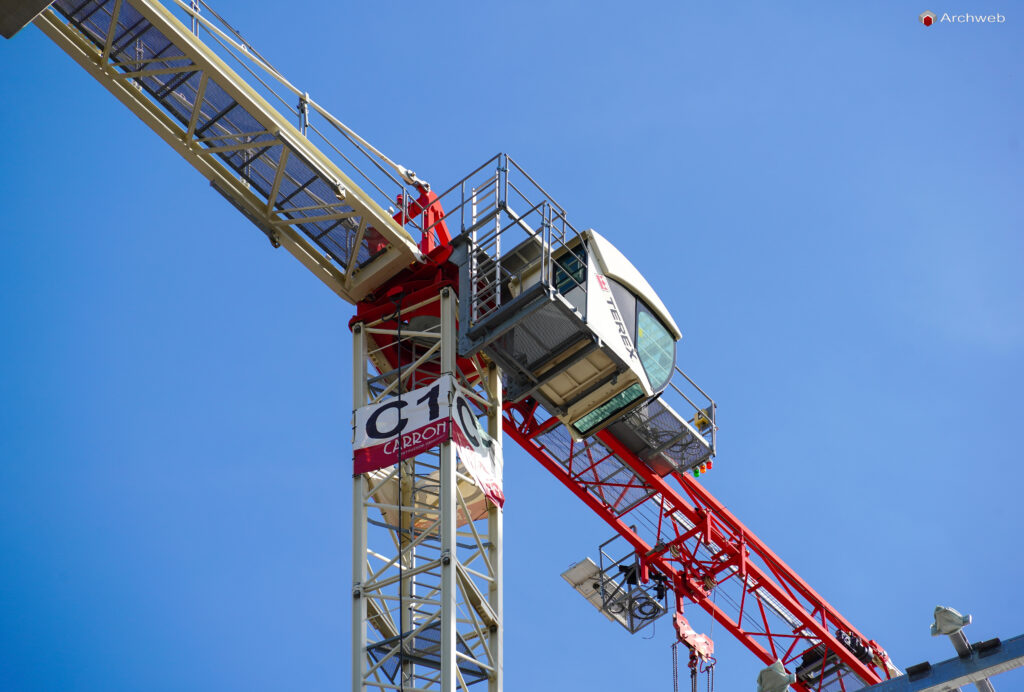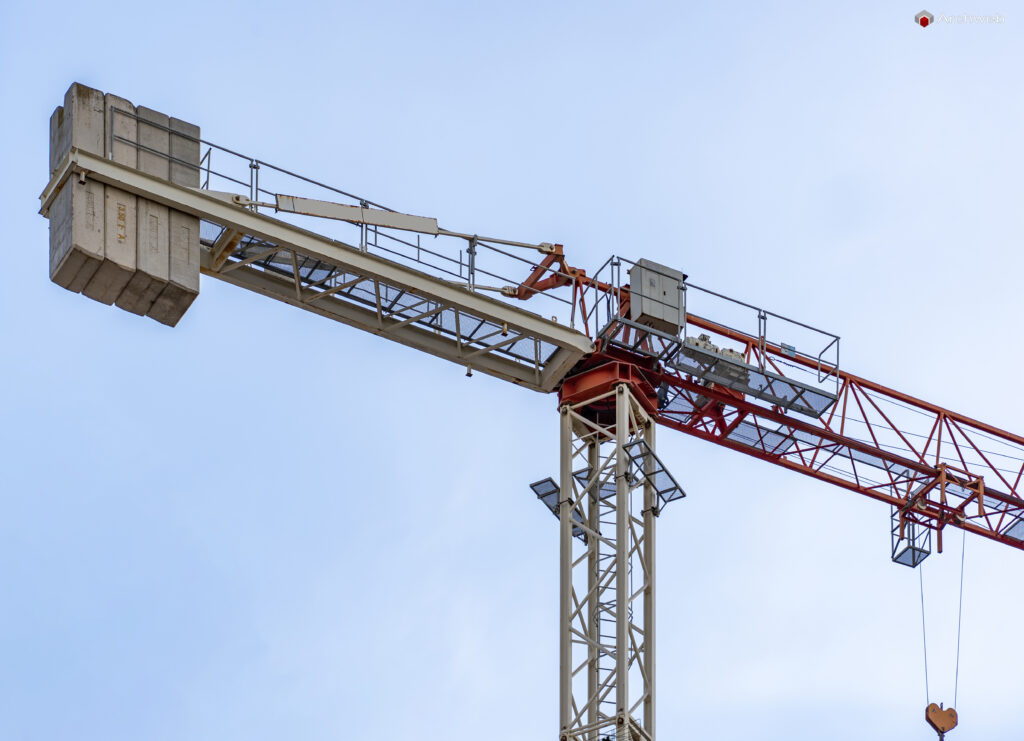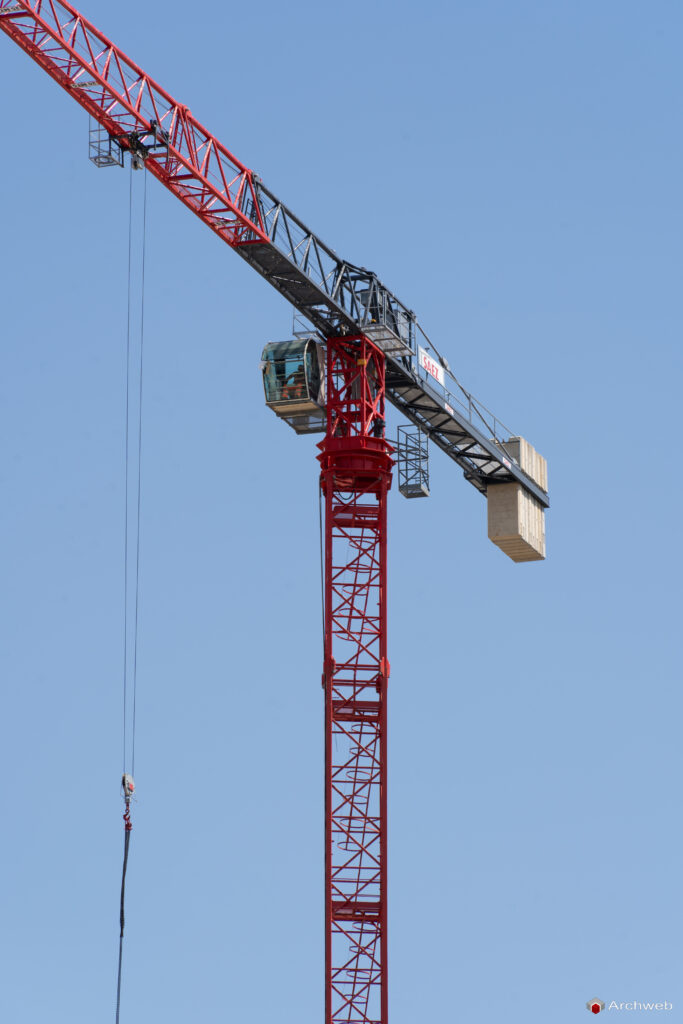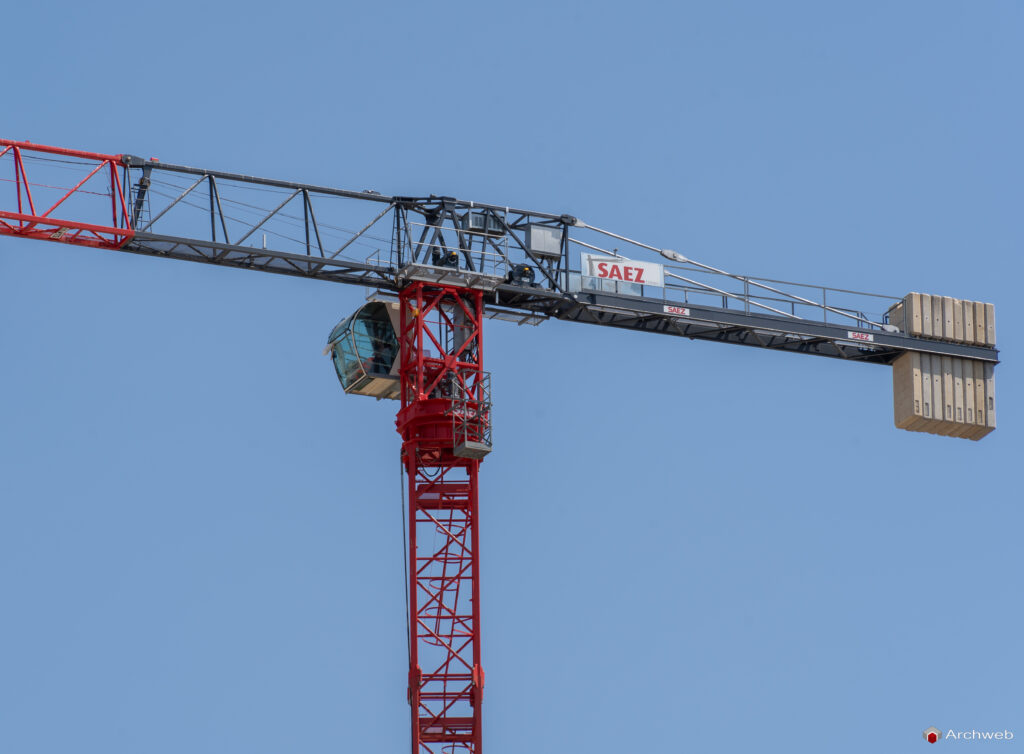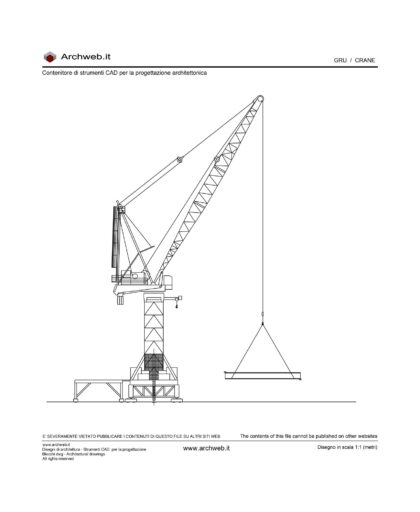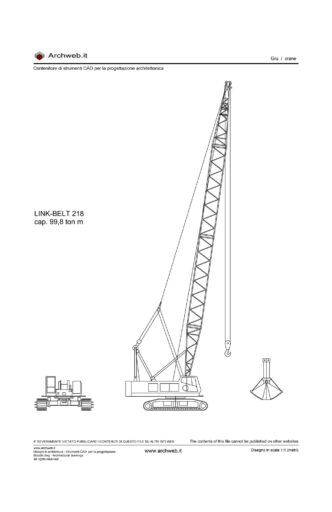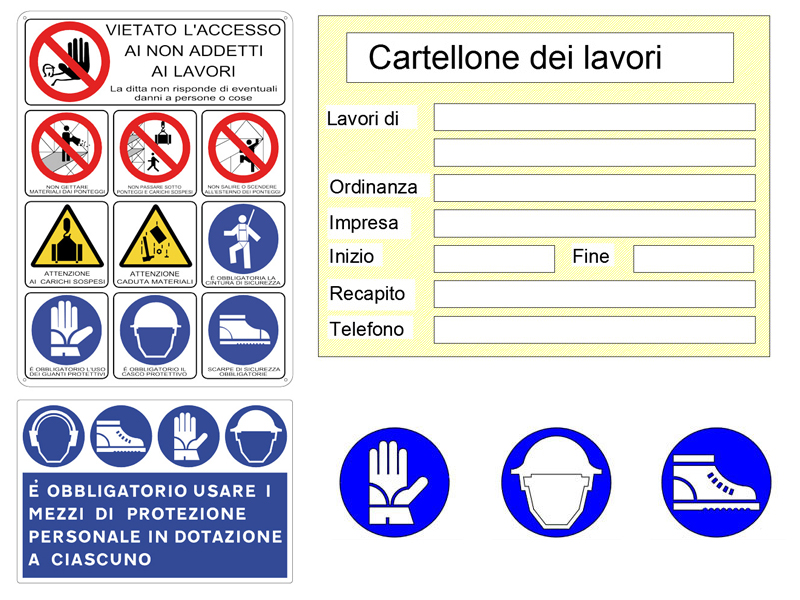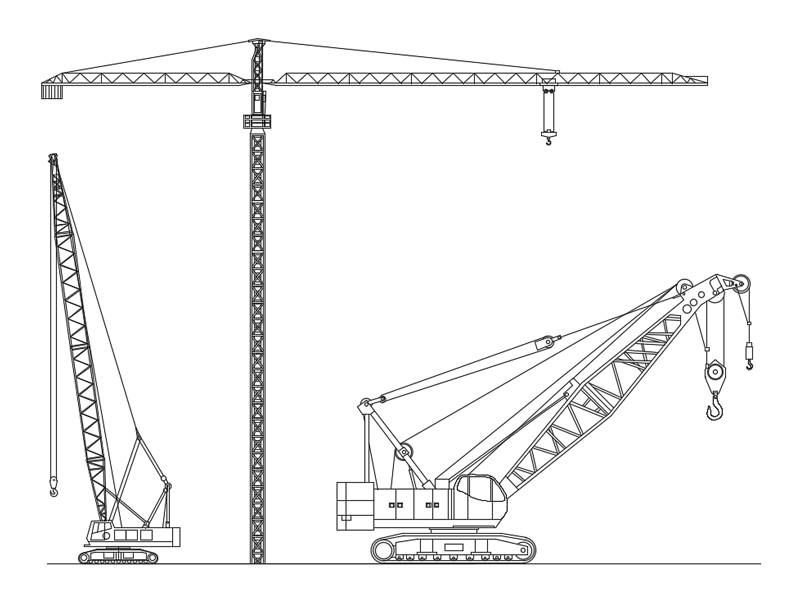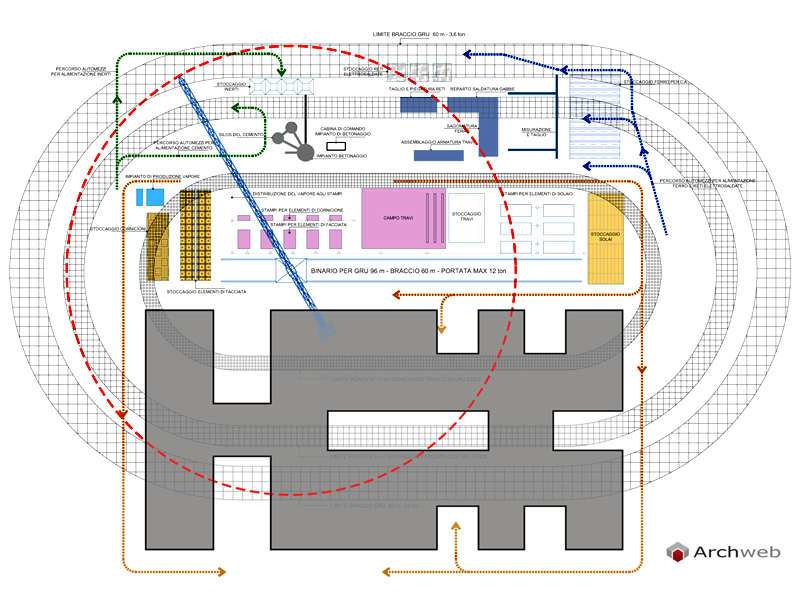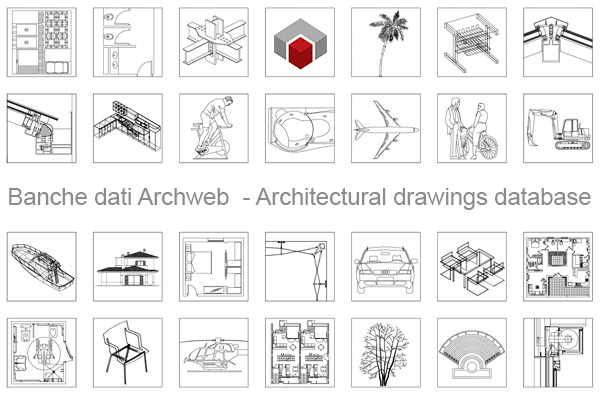Tower cranes for construction
Photo gallery of various types of cranes
Welcome to our photo gallery dedicated to tower cranes. Tower cranes are one of the most widely used tools on construction sites, particularly suitable for large jobs that require lifting materials and equipment to considerable heights.
There are different types of tower cranes, each with specific characteristics according to the needs of the construction site.
The most common tower cranes are those with a counterweight, designed with a balancing system that allows heavy loads to be lifted without compromising stability. The counterweight is mounted on the side opposite the load to prevent the crane from losing balance.
Our selection of images of tower cranes used at various construction sites testifies to the evolution of technologies and practices in the construction industry.
The crane plays a crucial role in every phase of the construction site, improving the efficiency, safety and overall quality of the project. Below, some of the main reasons why a crane is essential on a construction site are highlighted.
Lifting and Moving Heavy Materials
One of the main functions of a crane on a construction site is to lift and move heavy and bulky materials, such as beams, concrete blocks, pipes, steel, equipment, and machinery. Without the use of a crane, it would be impossible to move such bulky loads by hand or other machinery, especially at height. The crane makes it possible to:
- Lifting loads at great heights: Essential for the construction of tall buildings, skyscrapers, bridges and other structures.
- Transporting materials between different areas of the site: Speeding up operations and reducing downtime in manual transport.
Operational Efficiency and Work Time Reduction
Cranes significantly increase the efficiency of a construction site. They can lift and move materials with a speed that reduces the overall construction time. This allows work to be completed in a shorter time and with more precise planning.
- Reduced reliance on manual labor: Cranes reduce the number of workers needed to lift heavy loads, allowing them to concentrate on more specialized tasks.
- Optimization of transport time: Materials can be lifted directly from transport vehicles and placed precisely at desired locations on the construction site.
Security
On a construction site, safety is a priority. Crane use contributes greatly to reducing the risks associated with manual lifting of heavy materials or the use of unsuitable equipment. Cranes are designed with advanced safety systems that ensure stability during lifting, reducing the risk of accidents.
- Injury reduction: Cranes avoid excessive physical strain on workers, reducing the risk of musculoskeletal injuries.
- Precise control: The ability to lift and position materials accurately reduces the risk of accidents due to misplaced loads or sudden movements.
Flexibility and Versatility
Cranes are extremely versatile and can be used for a wide range of tasks on the construction site. Not only for lifting materials, but also for erecting structures, installing machinery, and supporting heavy construction operations.
- Adaptability to different types of construction sites: Tower cranes, mobile cranes, bridge cranes, cranes for work on difficult terrain, all types of cranes can be deployed according to the needs of the project.
- Ease of maneuvering: Modern cranes, especially mobile cranes, can be easily positioned at the most appropriate locations on the construction site, depending on the progress of the works.
Lifting Materials at High Height
In the case of tall buildings, skyscrapers or other constructions that develop vertically, tower cranes are essential. They allow materials to be transported up to the highest heights of the construction site, maintaining efficiency even when working on several floors.
- Optimisation of vertical workflows: Tower cranes allow materials to be taken directly to where they are needed, without the need for complex or difficult systems.
- Ability to work on several floors simultaneously: In tall buildings, the crane is able to support activities on several floors simultaneously, increasing productivity.
Precision and Control in Movement
Modern cranes are equipped with advanced control systems, which allow extremely precise movements. This is particularly useful when materials have to be placed in confined spaces or hard-to-reach places.
- Controlled movements: Cranes are equipped with systems that allow loads to be moved safely and precisely, even in adverse weather conditions such as wind.
- Monitoring systems: Many cranes are equipped with systems that constantly monitor lifting conditions, improving safety and precision.
Support for Complex and Specialised Works
On particularly complex building sites, such as those for the construction of large infrastructures, bridges or industrial structures, cranes are crucial for delicate operations. They can be used to position prefabricated structures, install heavy machinery or lift large architectural components.
- Installation of prefabricated components: Cranes are used to lift and position precast elements, such as beams, pillars, façade sections, reducing time and increasing accuracy.
- Assembly of specialised equipment: On some construction sites, cranes are used to lift heavy equipment, such as silos, ventilation systems or other industrial structures.
In summary, cranes are indispensable tools for a successful construction site. Not only do they increase operational efficiency and safety, they also offer the flexibility and lifting capacity to complete highly complex projects. Their use is essential to ensure fast construction times, reduce risks and maintain high quality standards in construction work.
Through these images, we want to offer food for thought on the technology that allows the construction of modern buildings without forgetting the technological beauty and impressiveness of these machines, which become true urban giants.































































